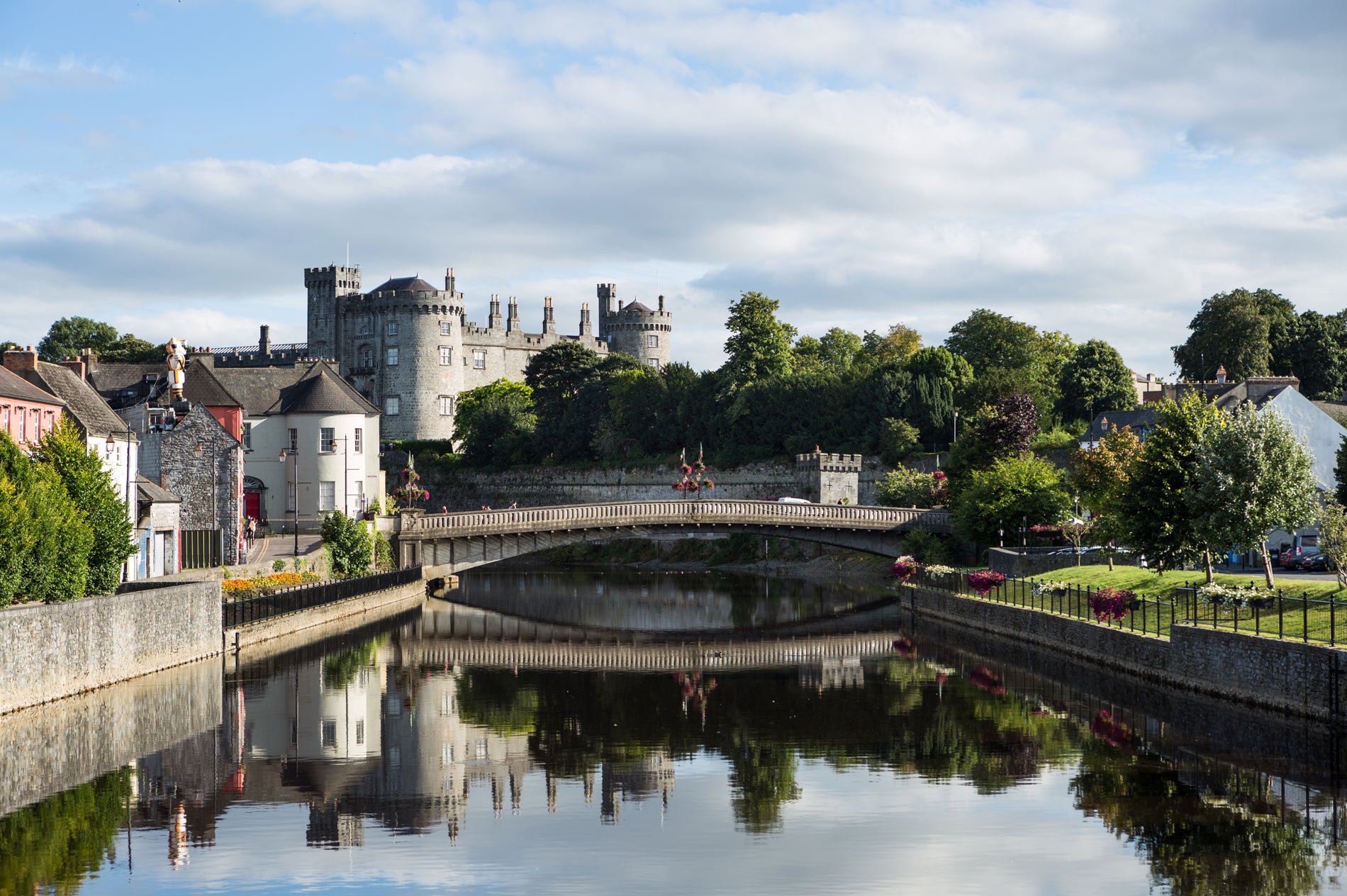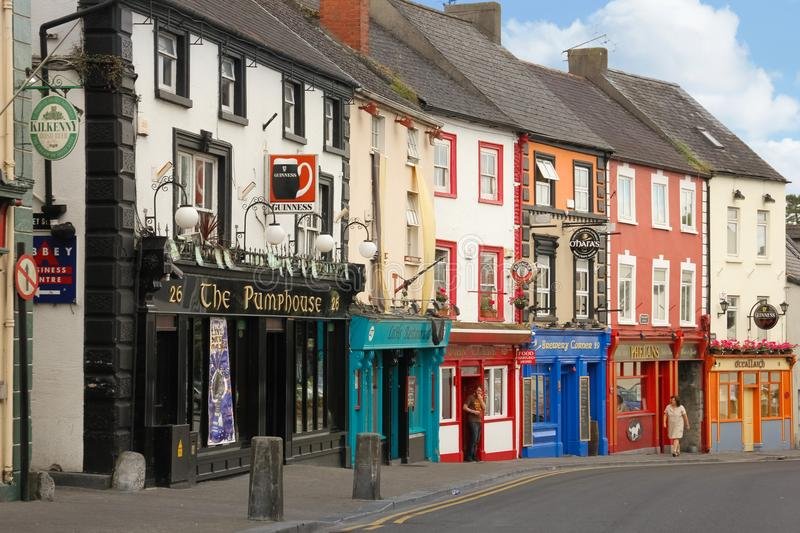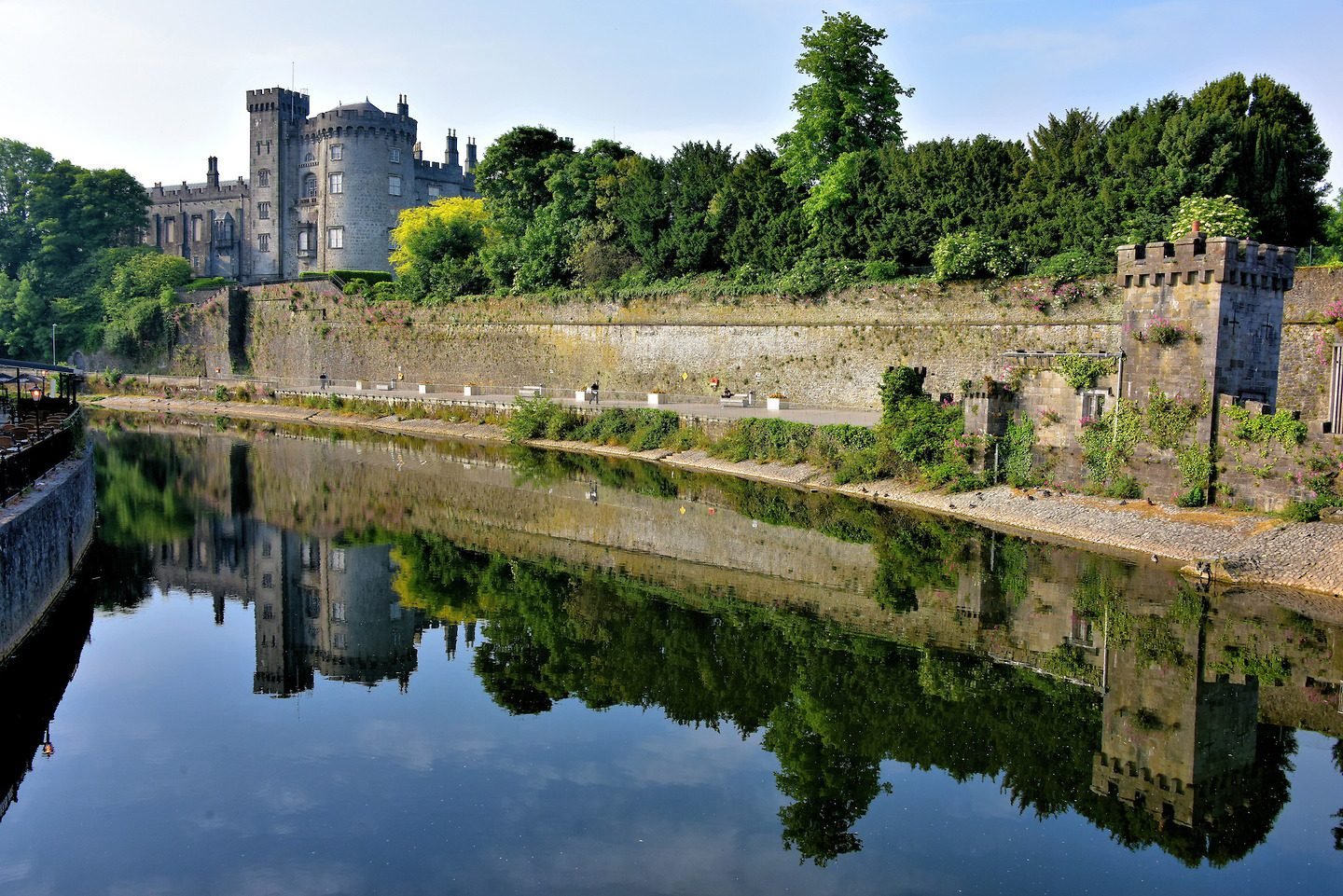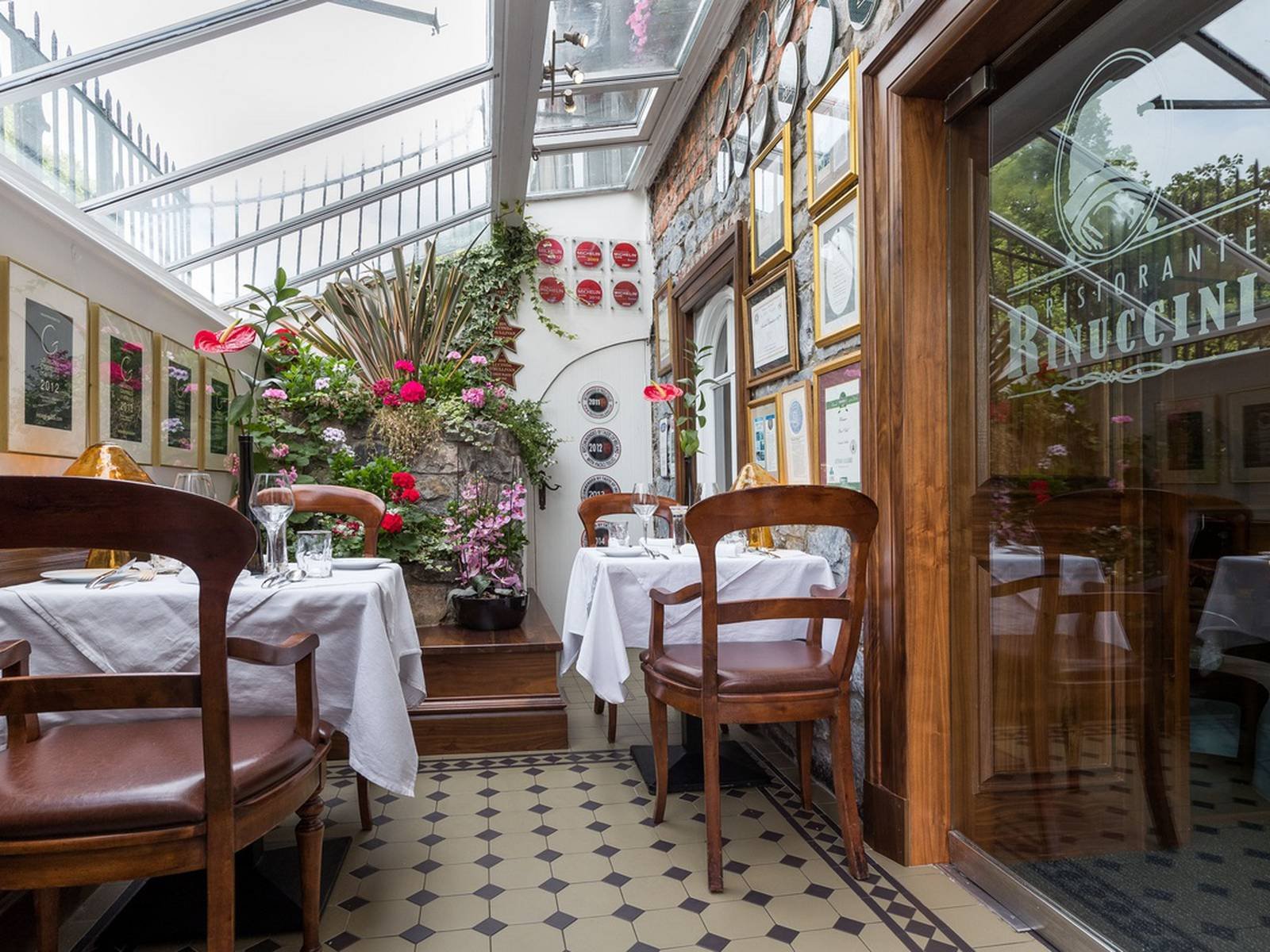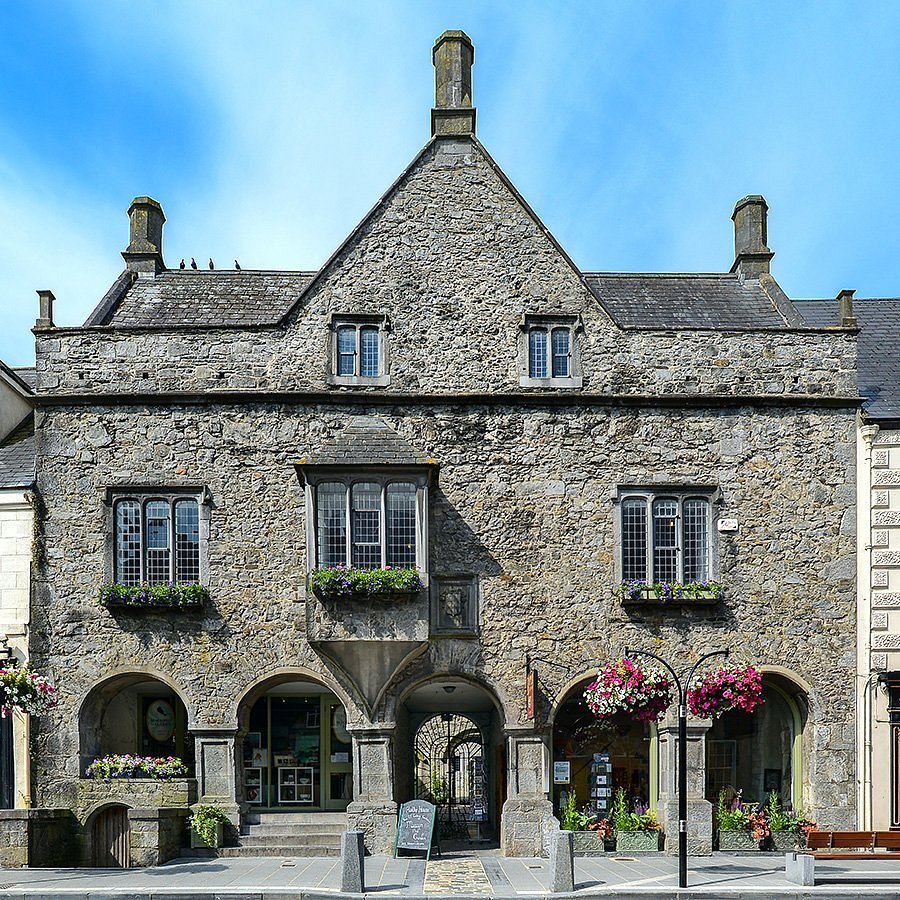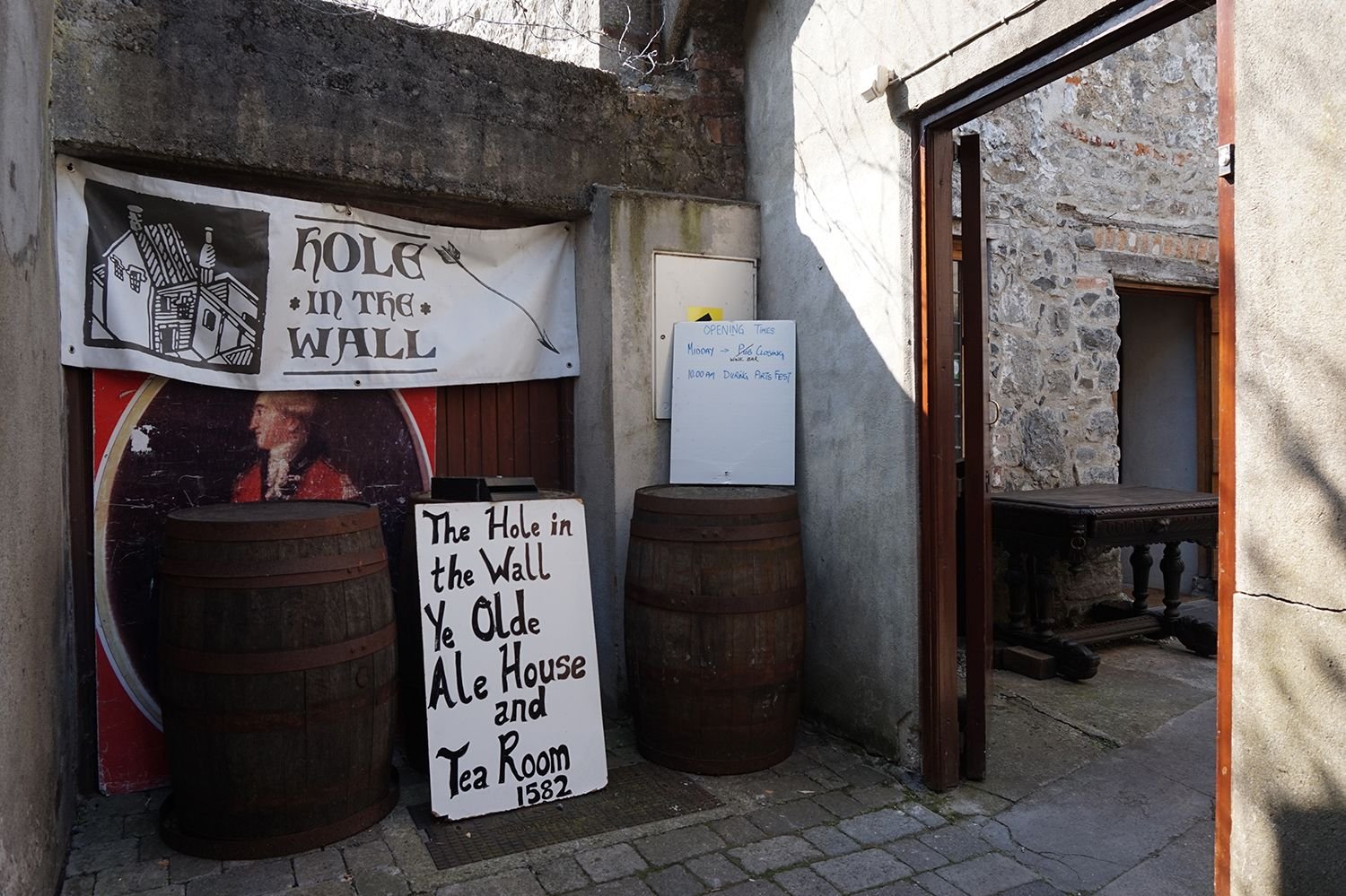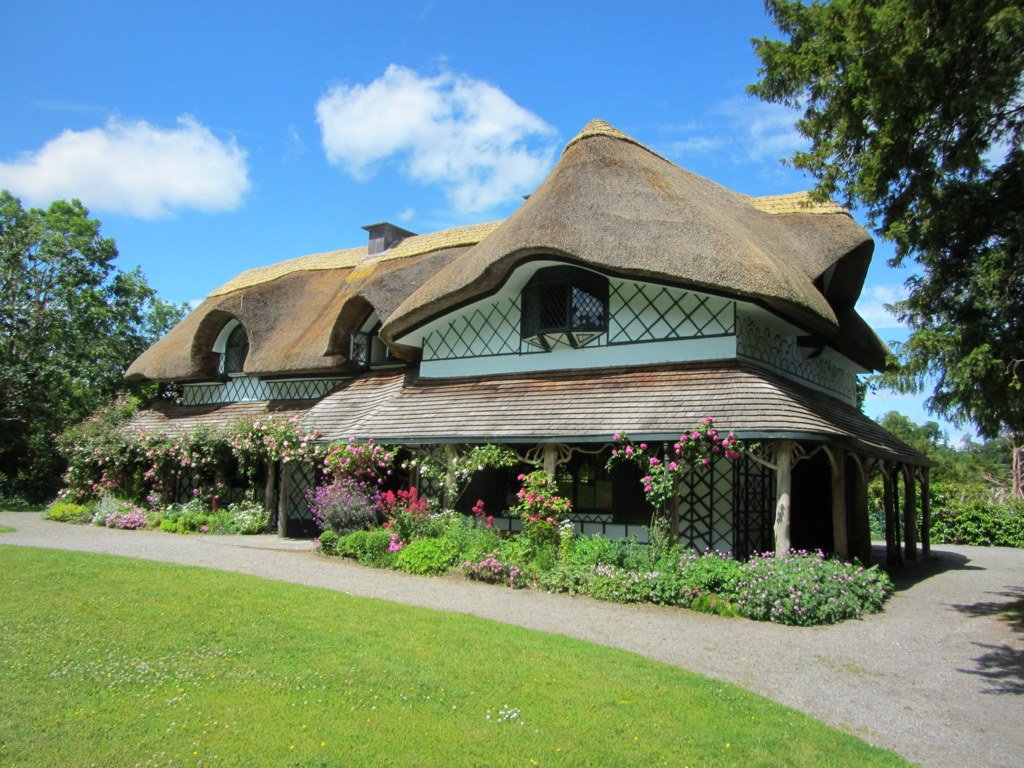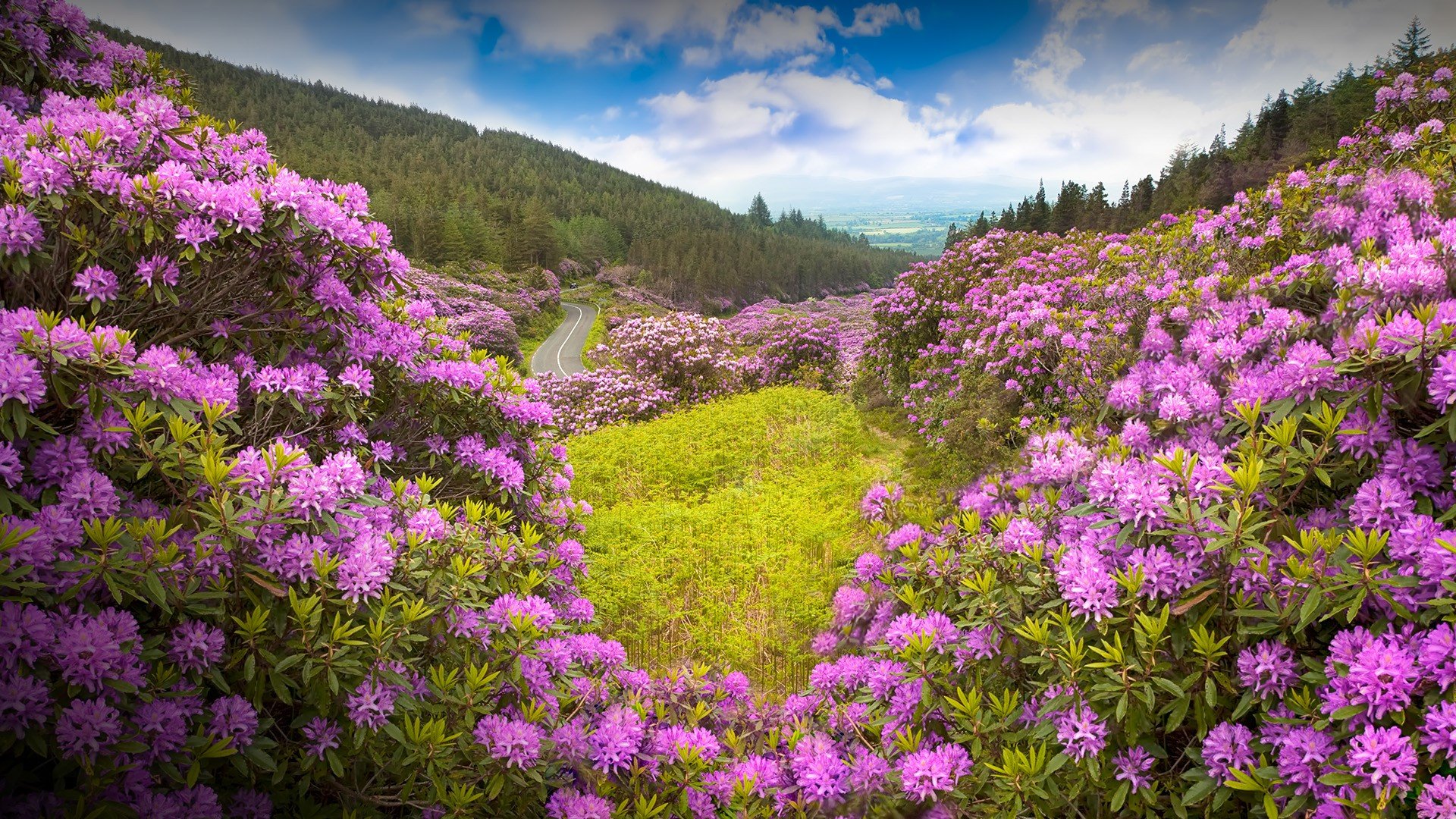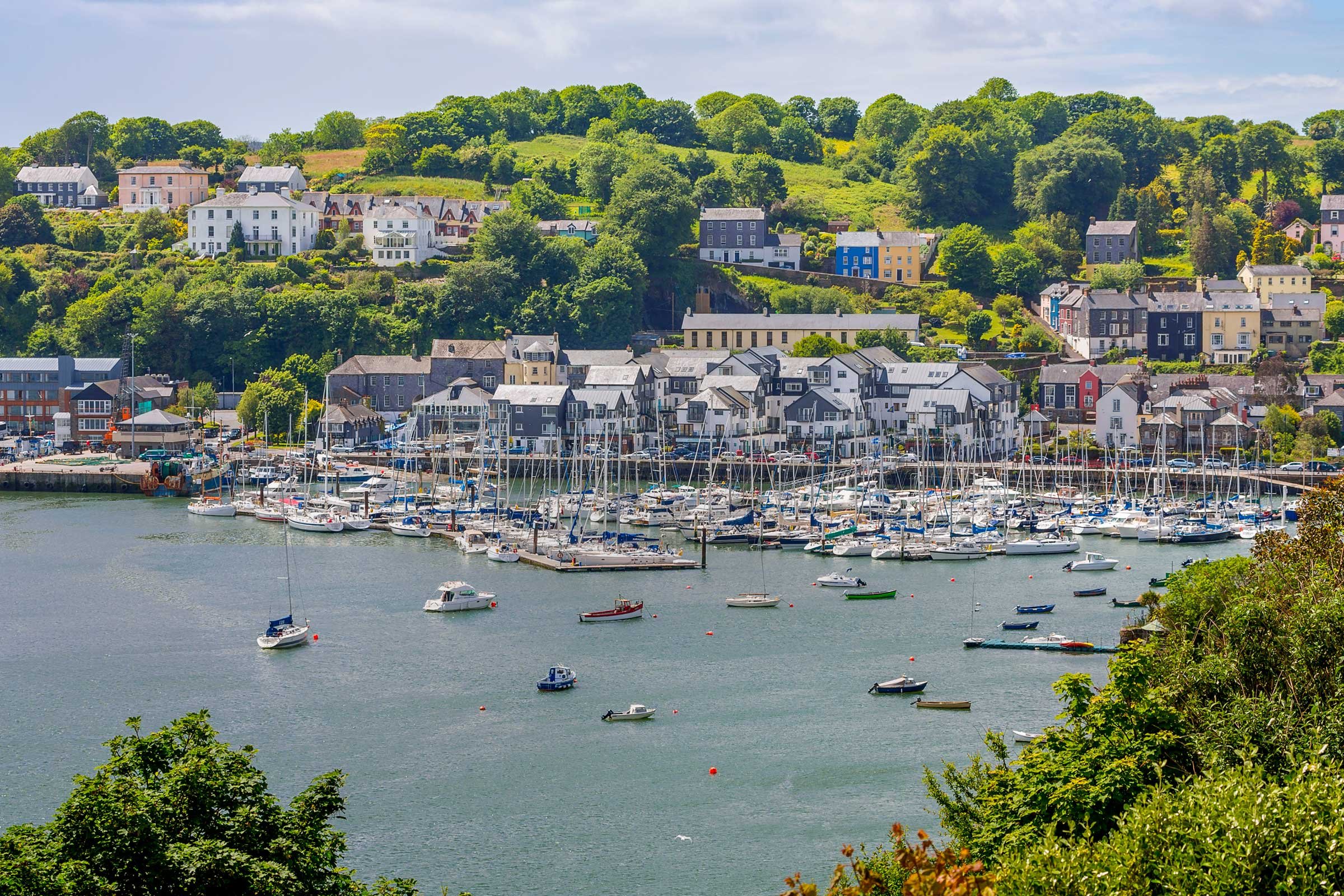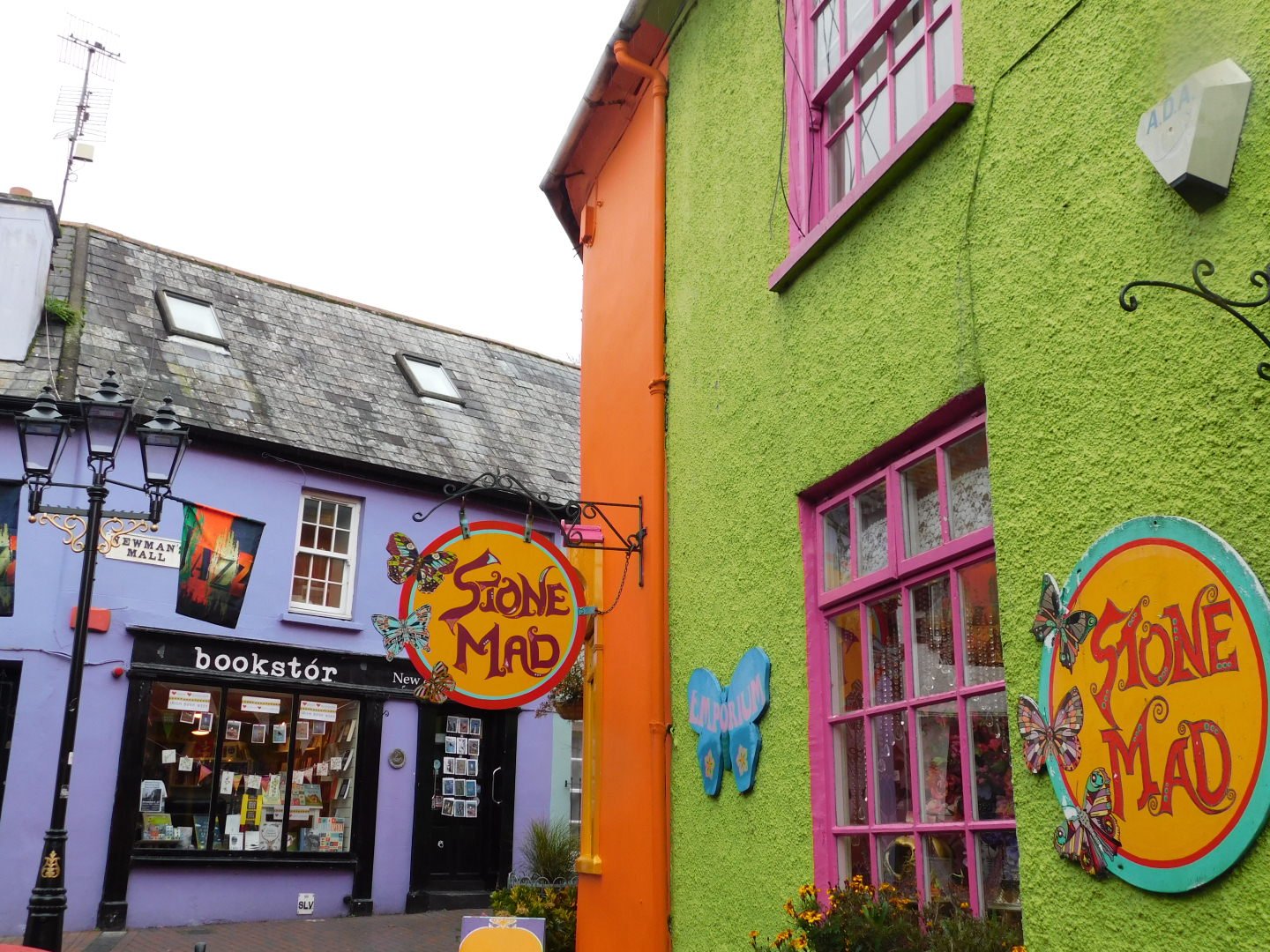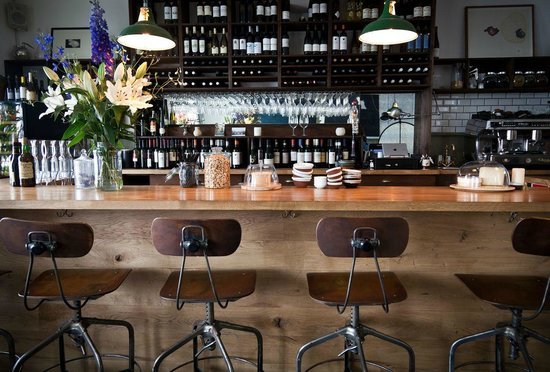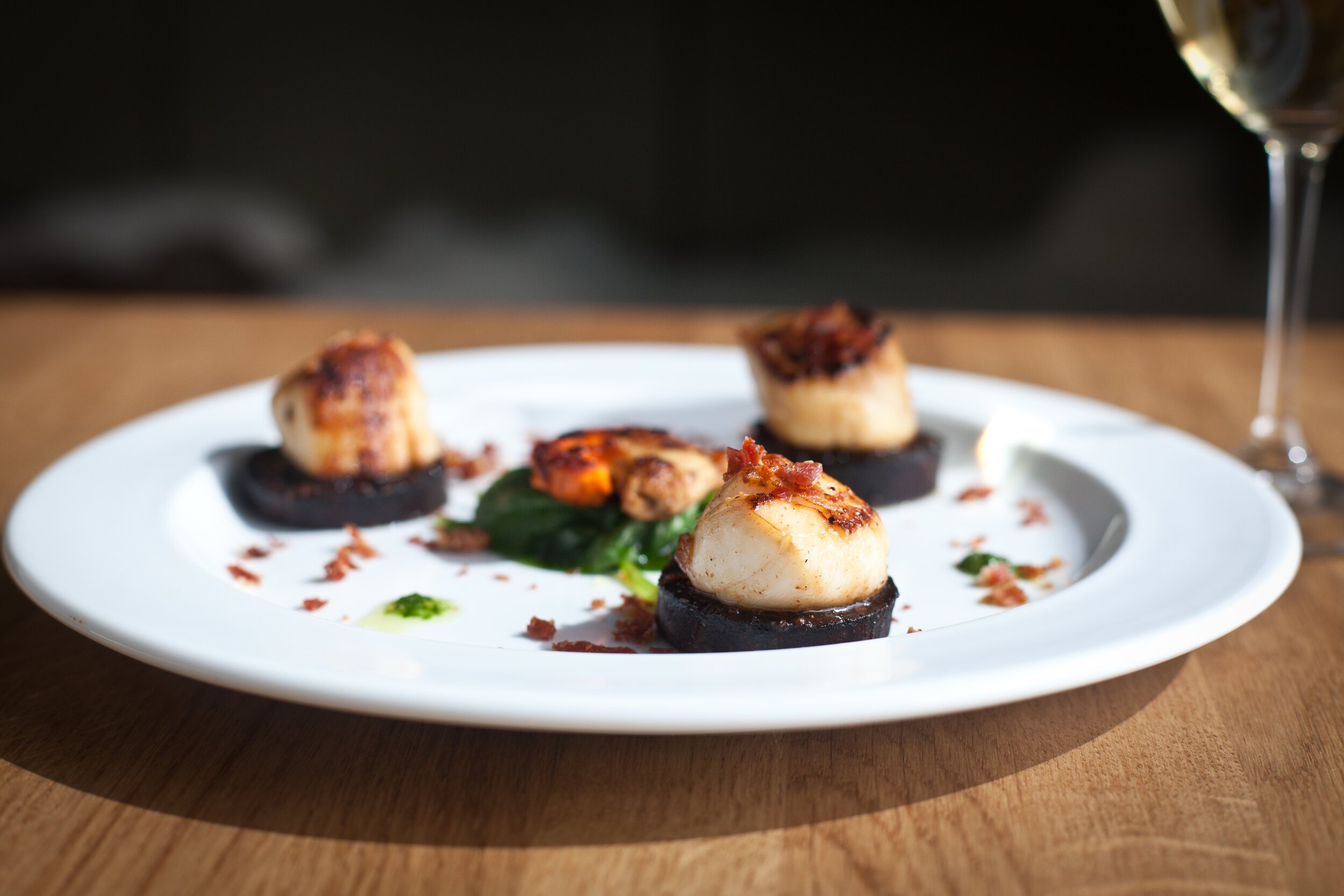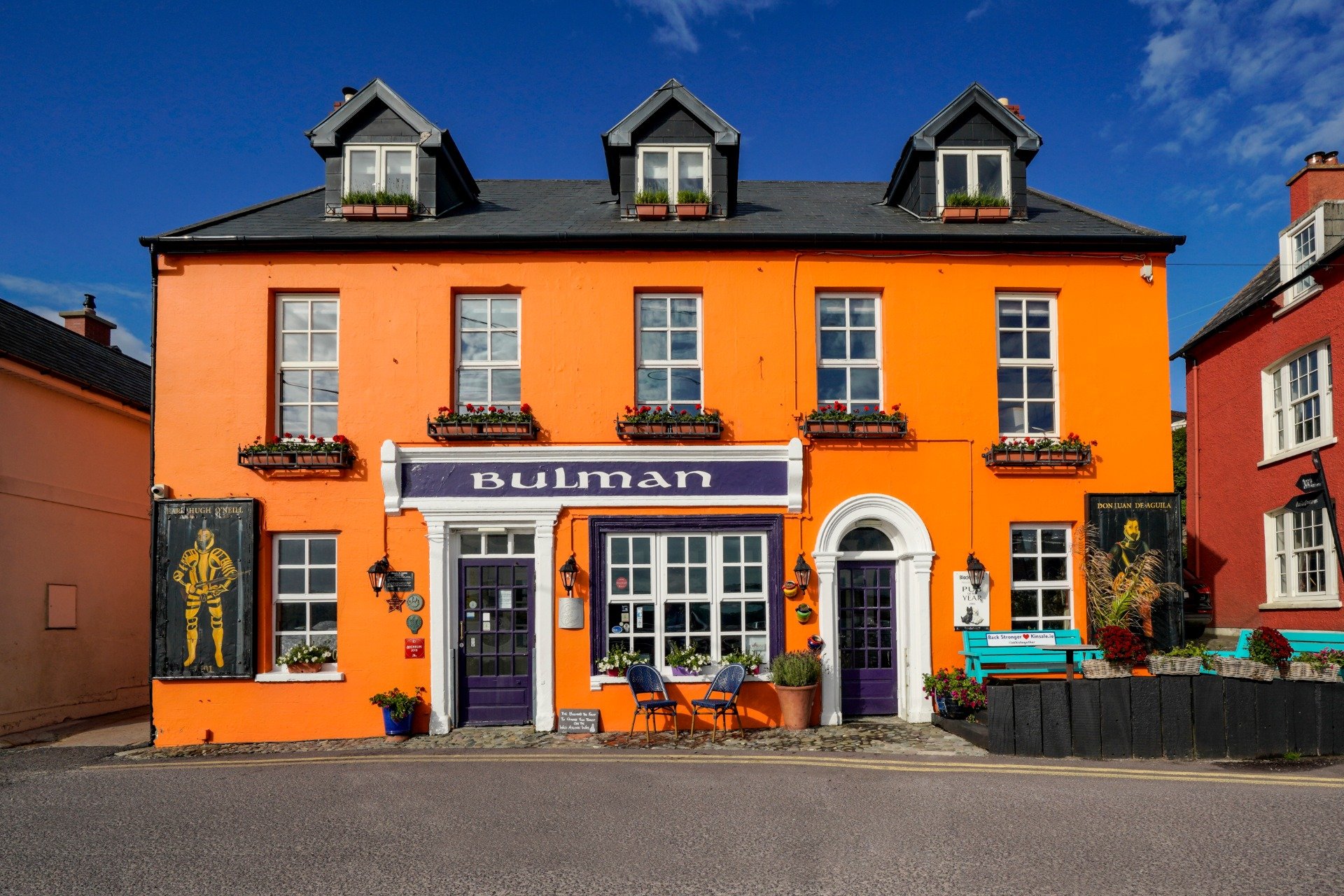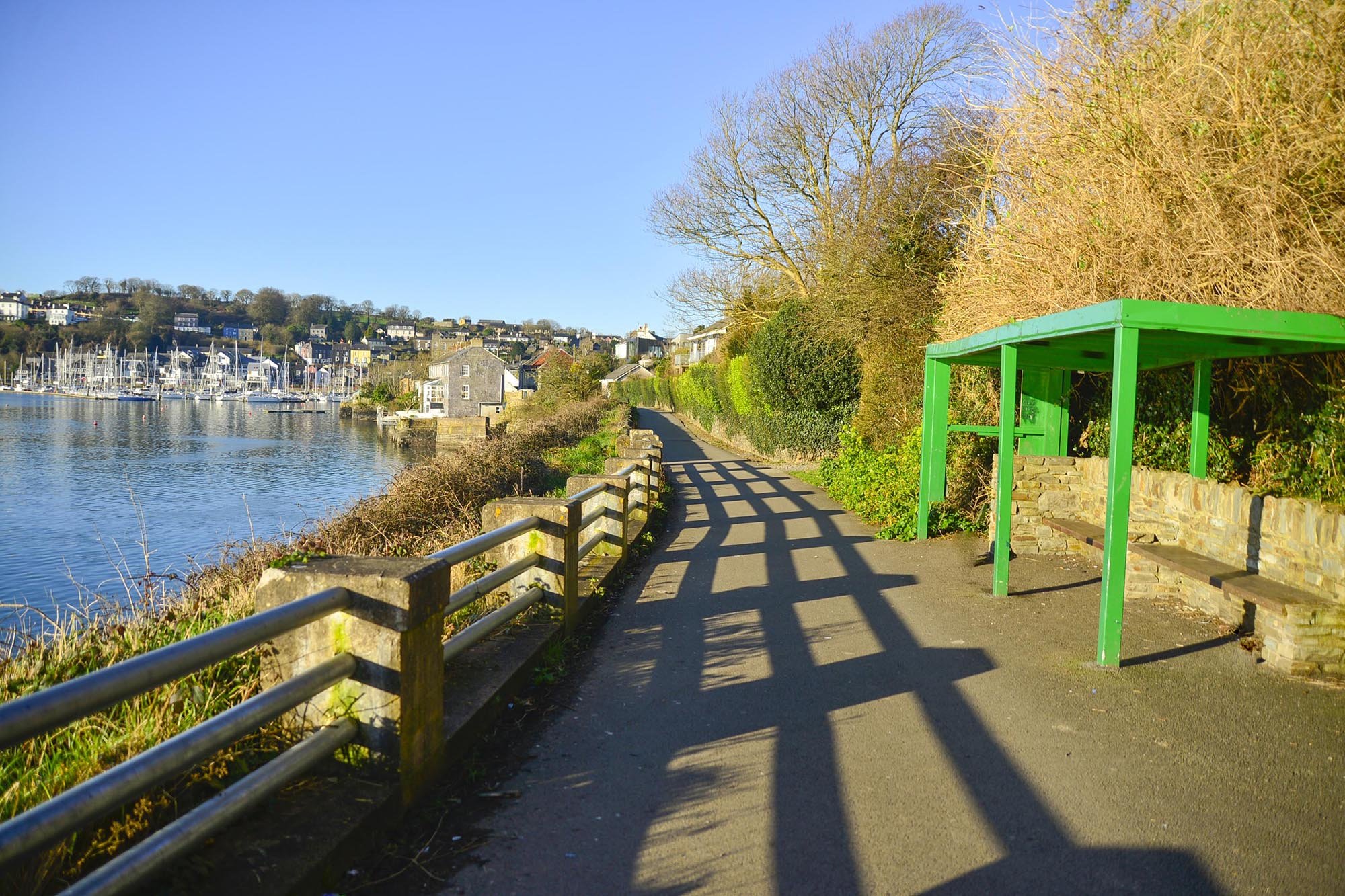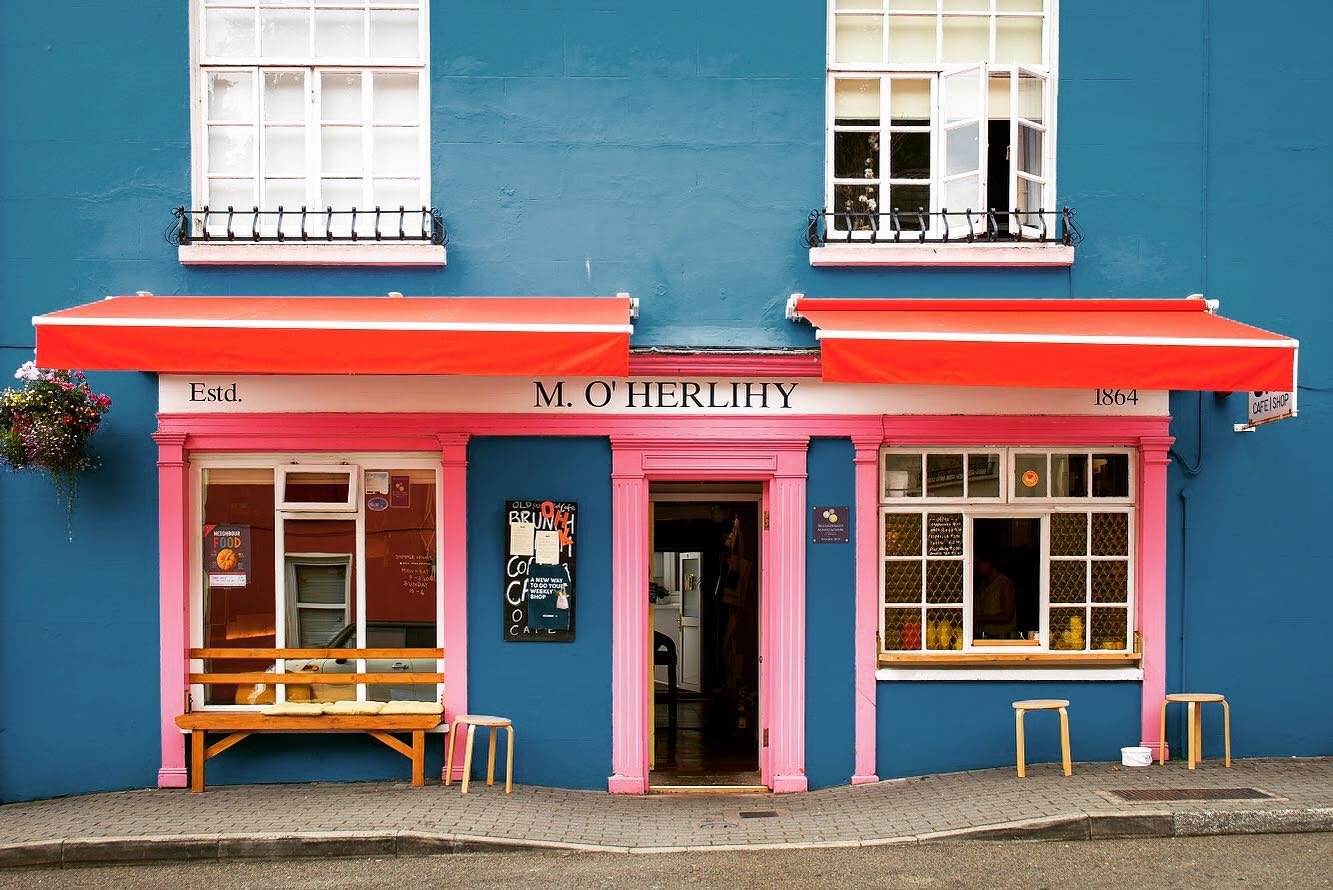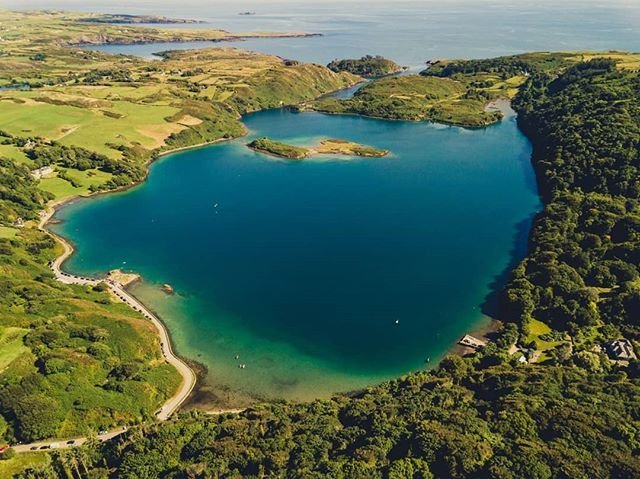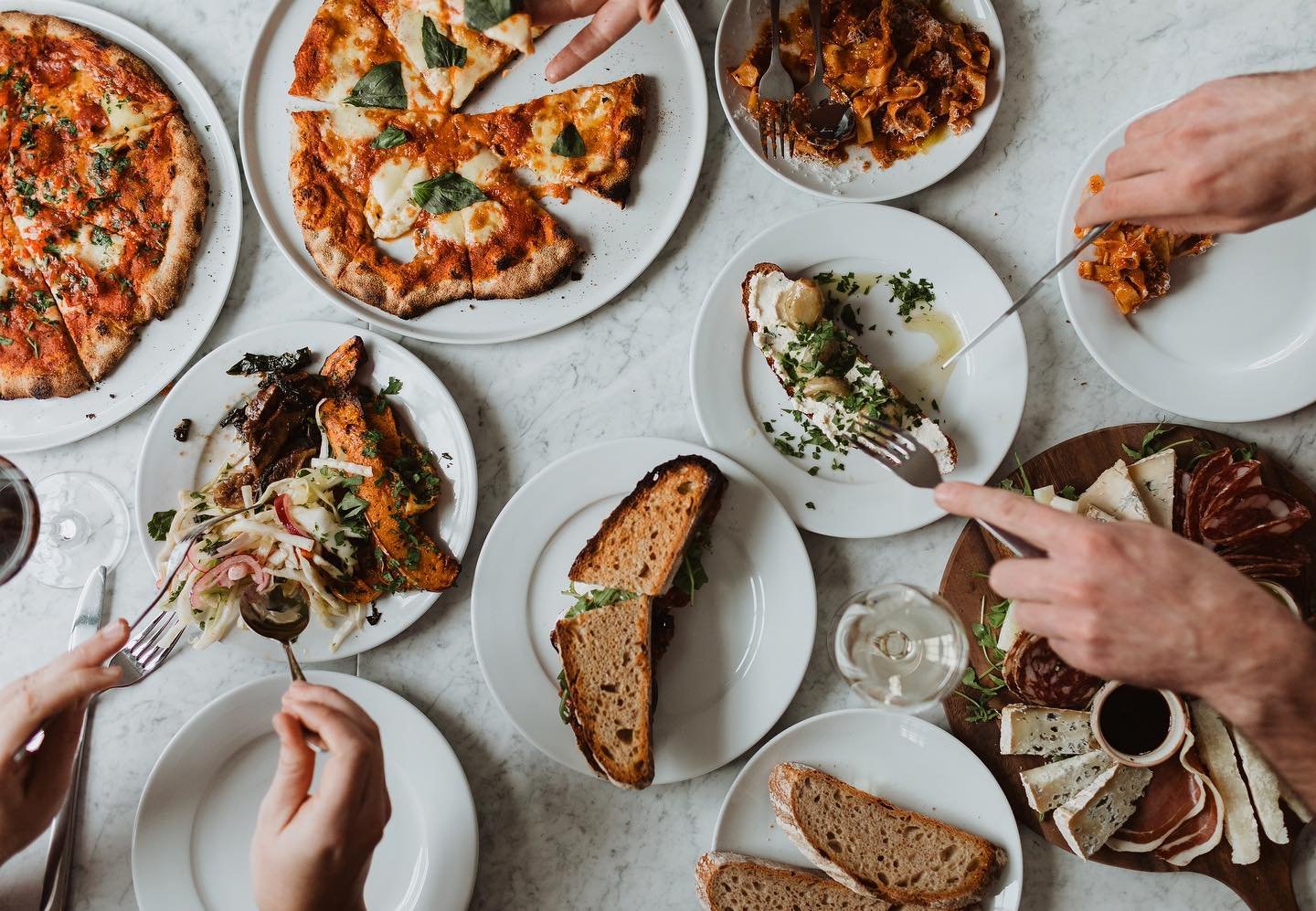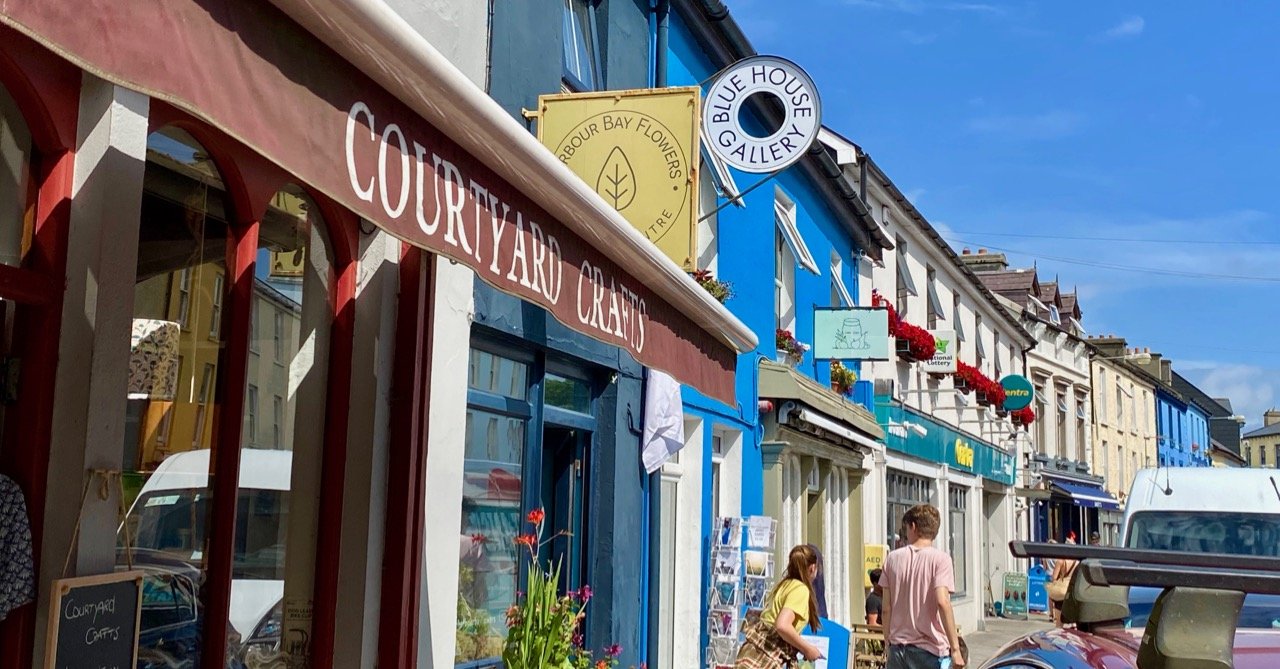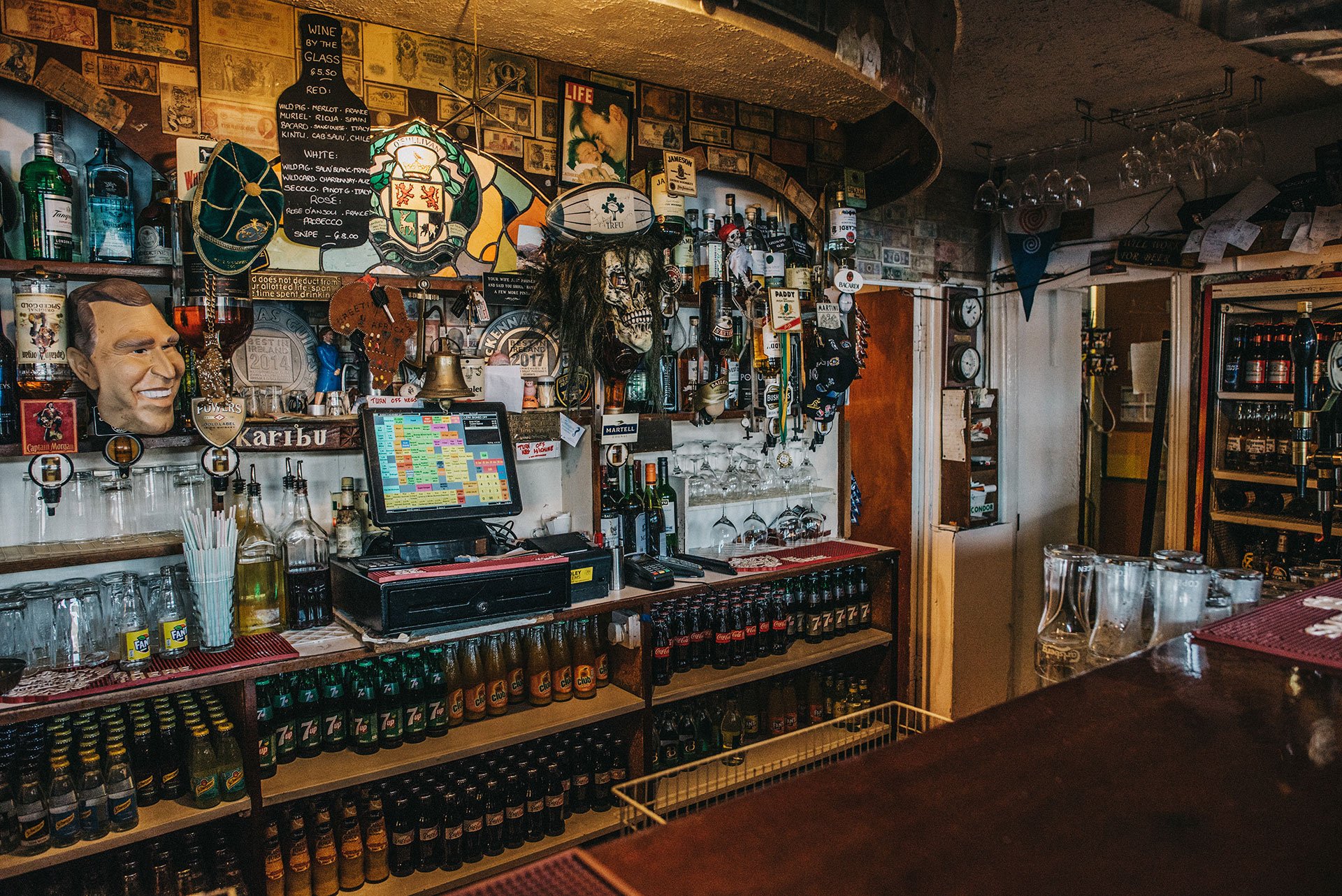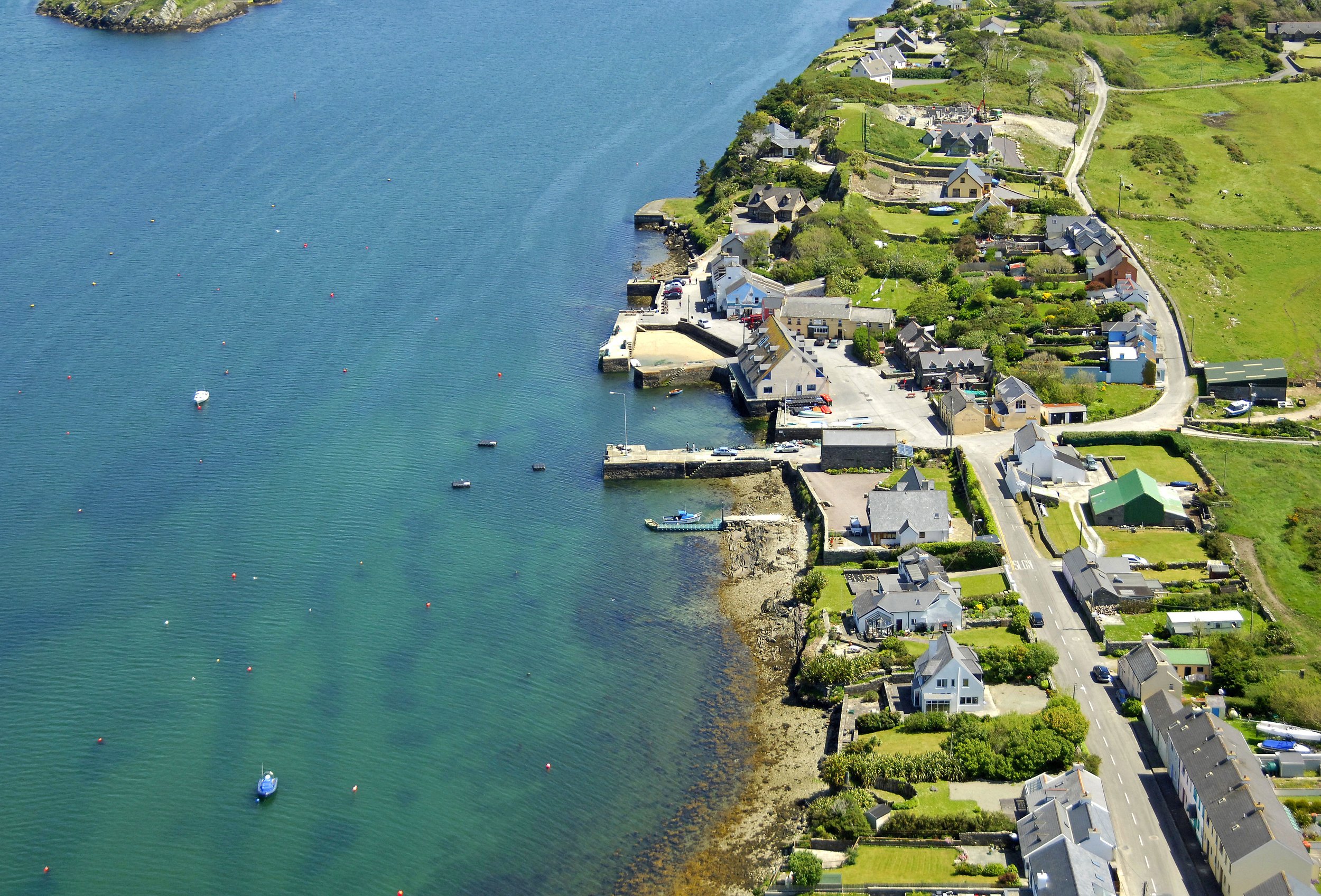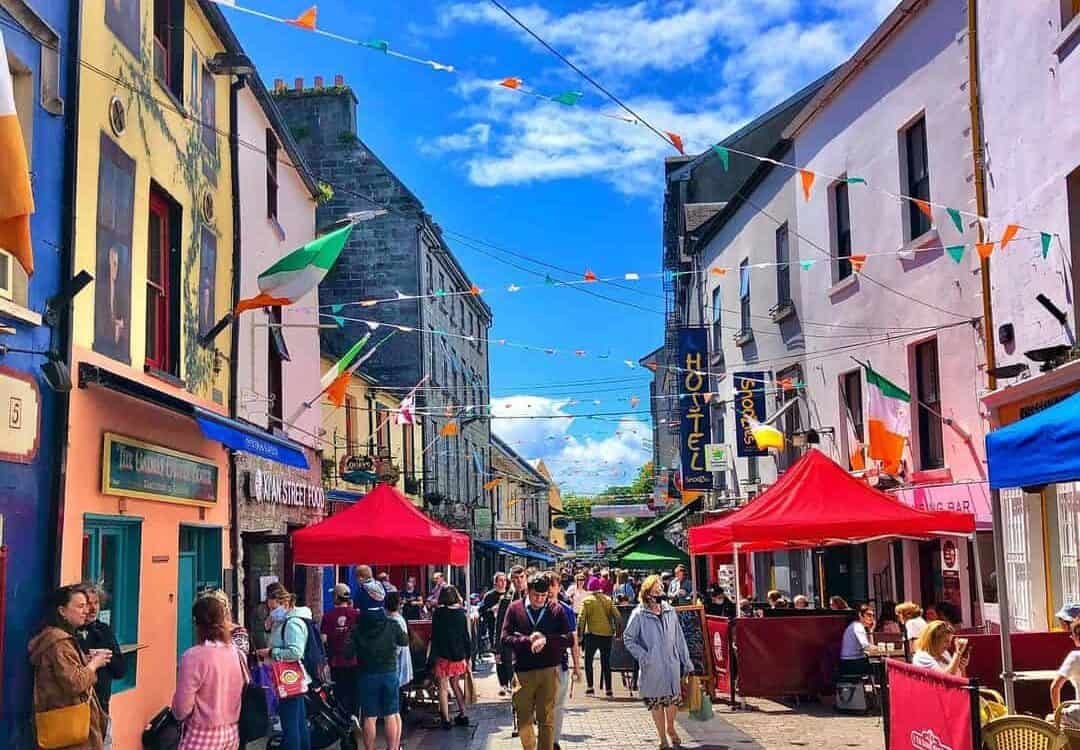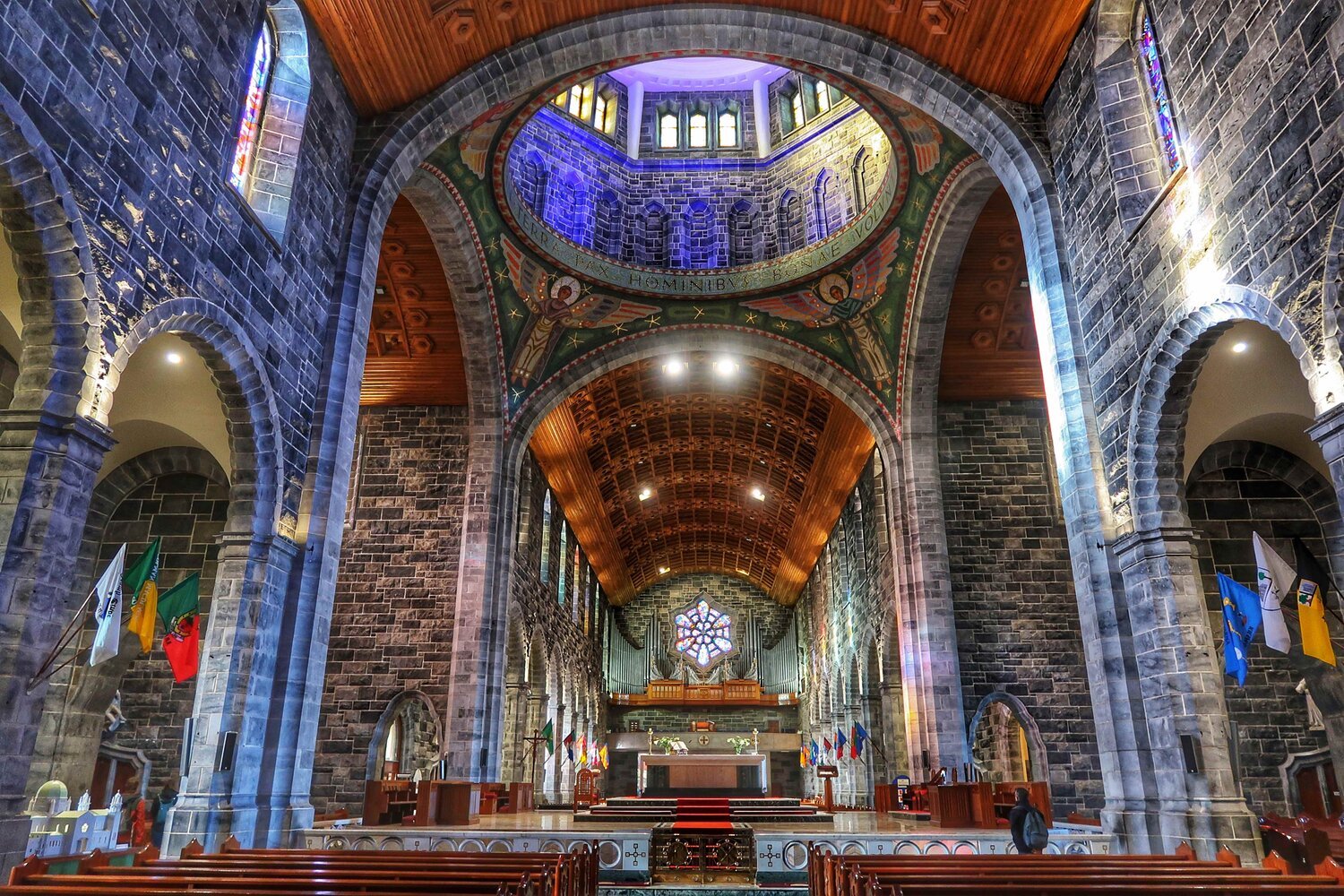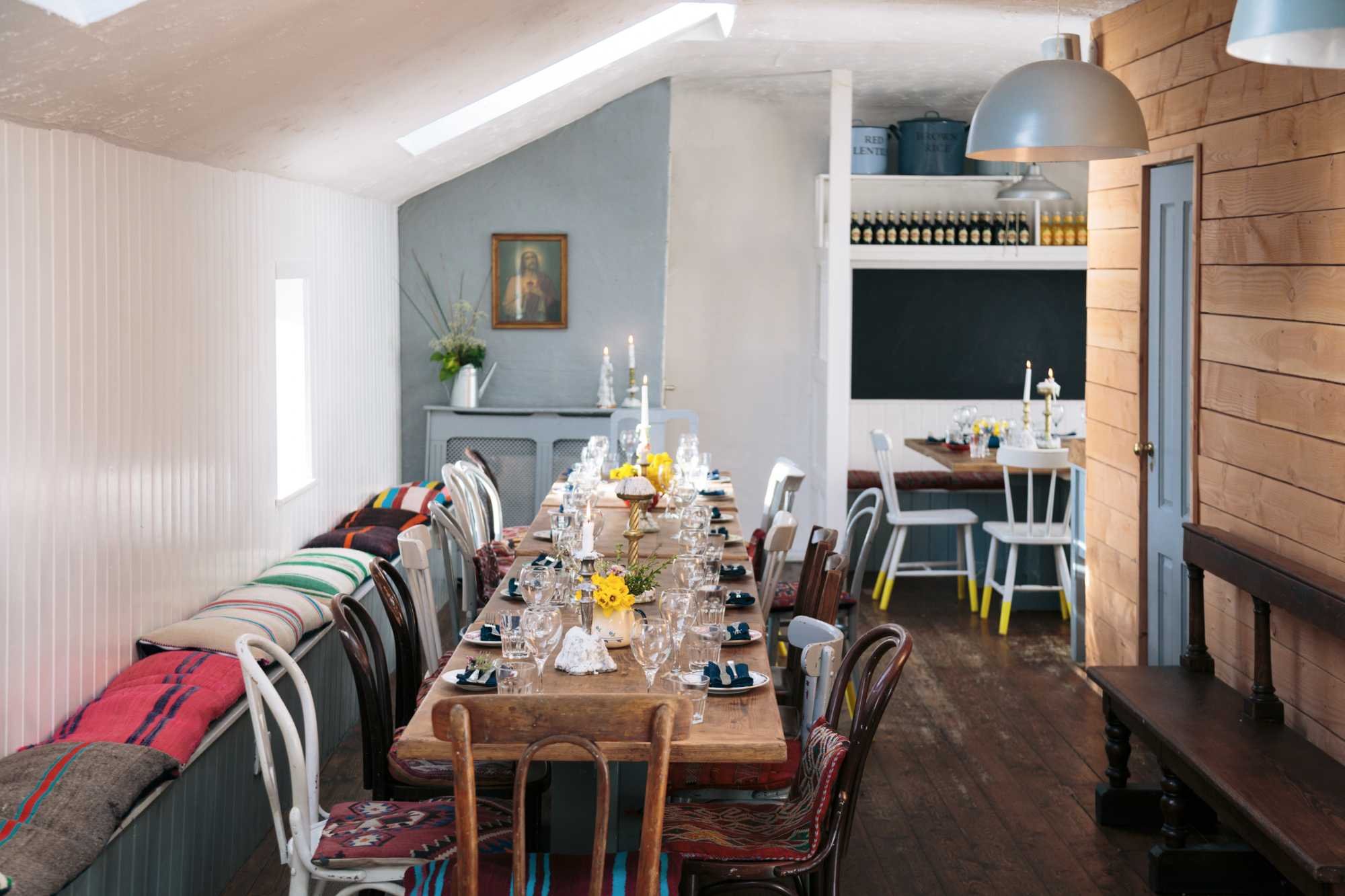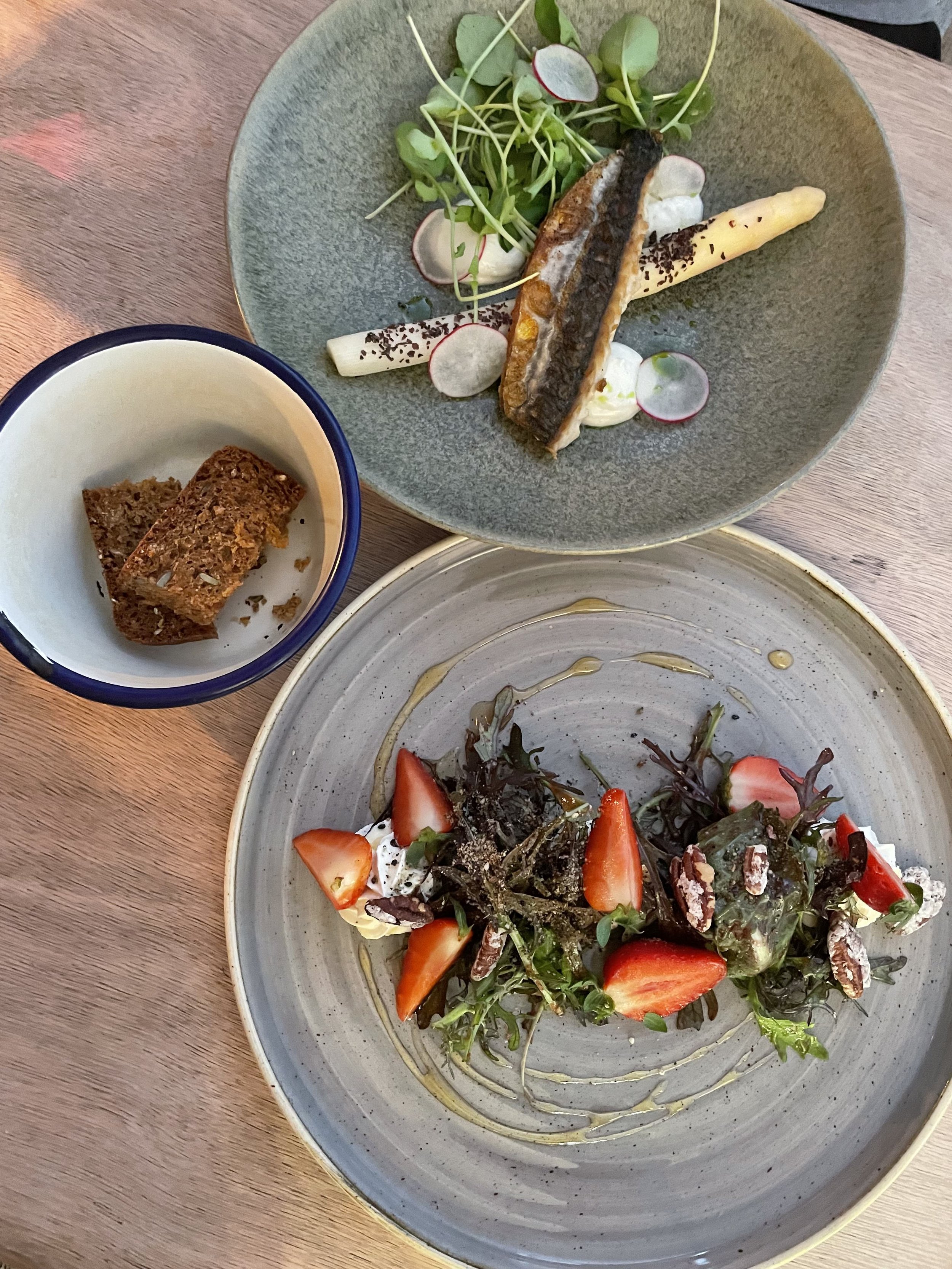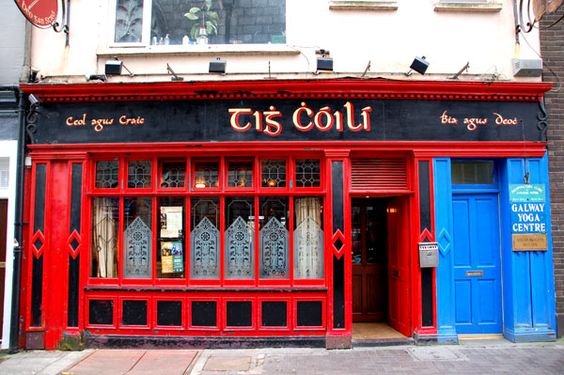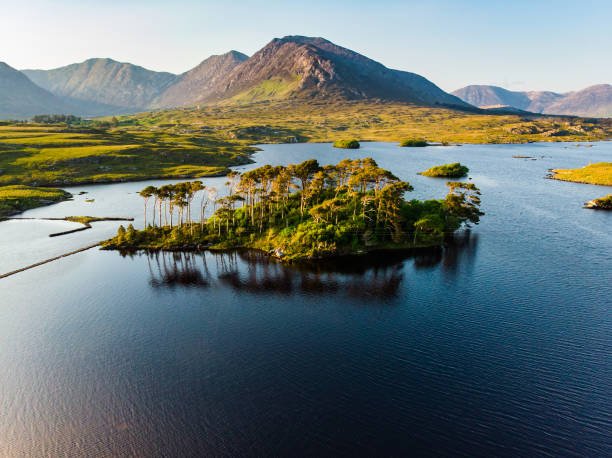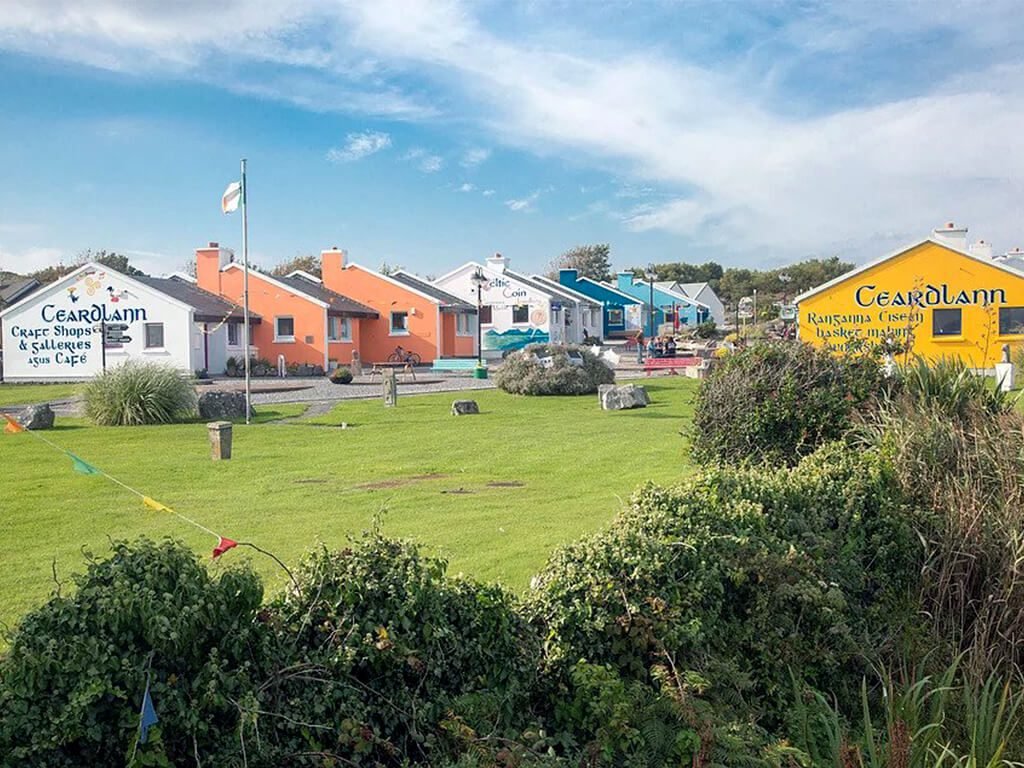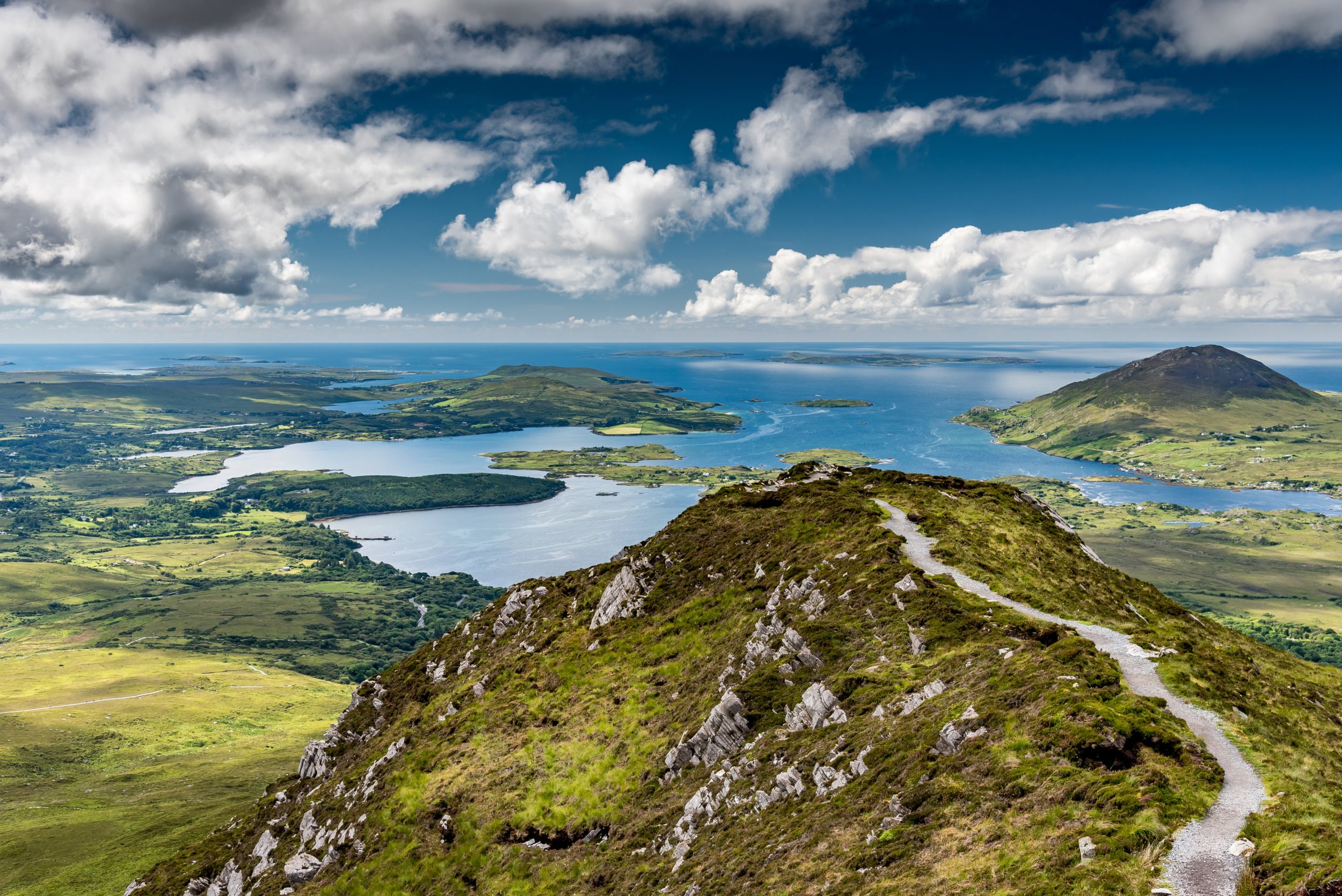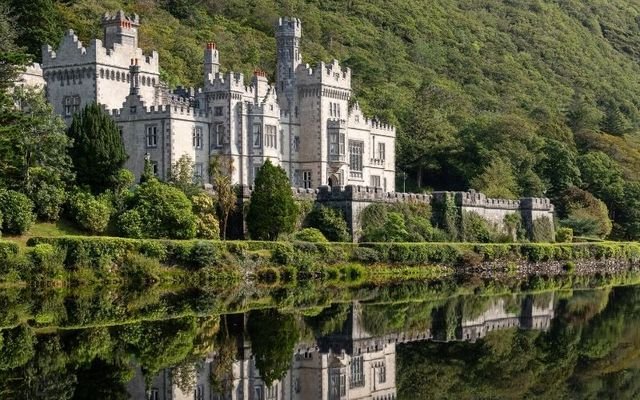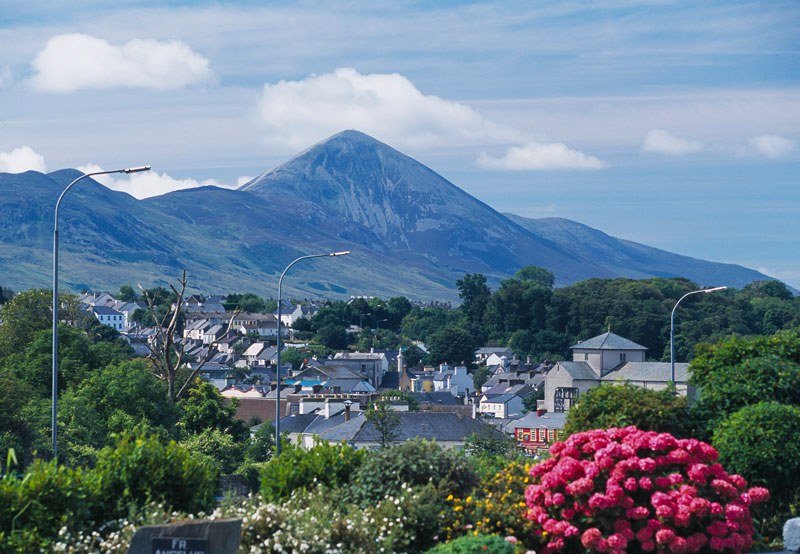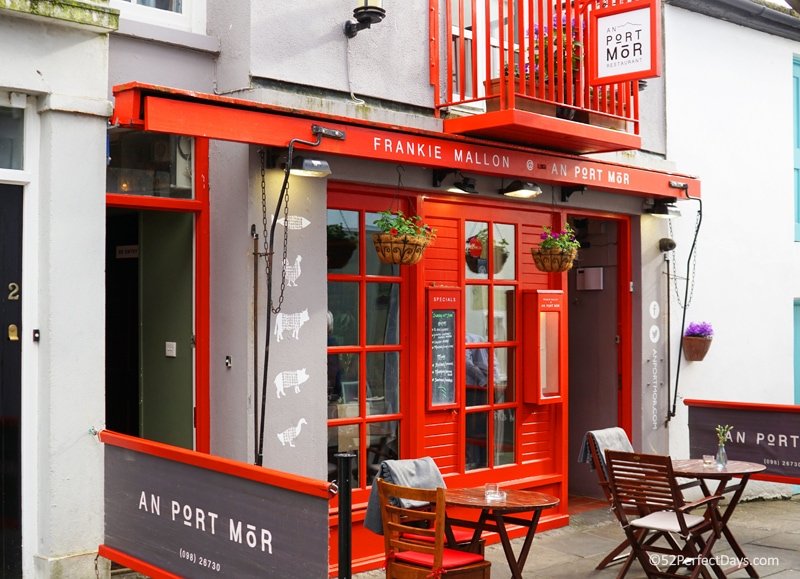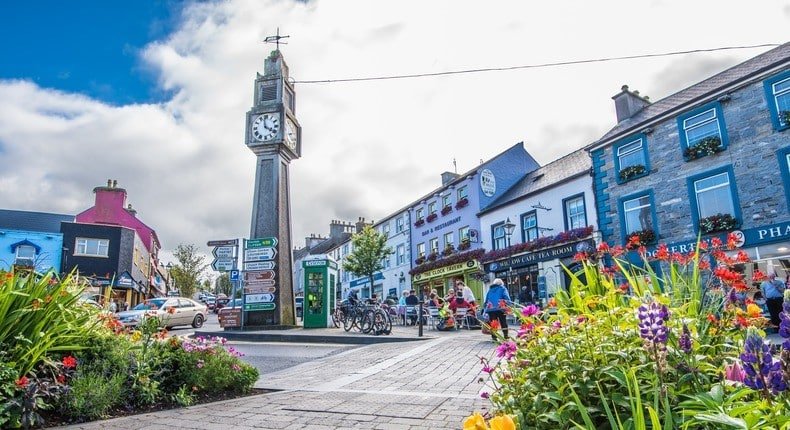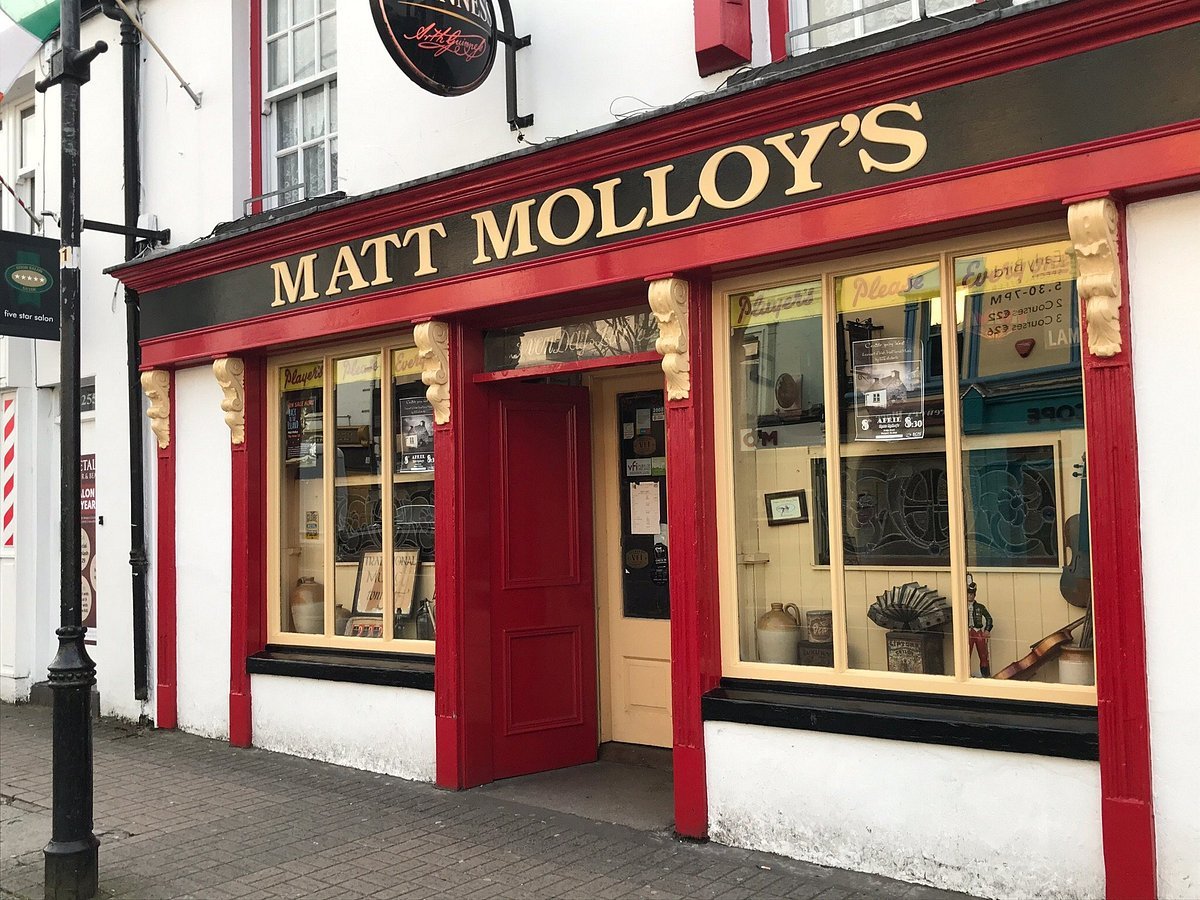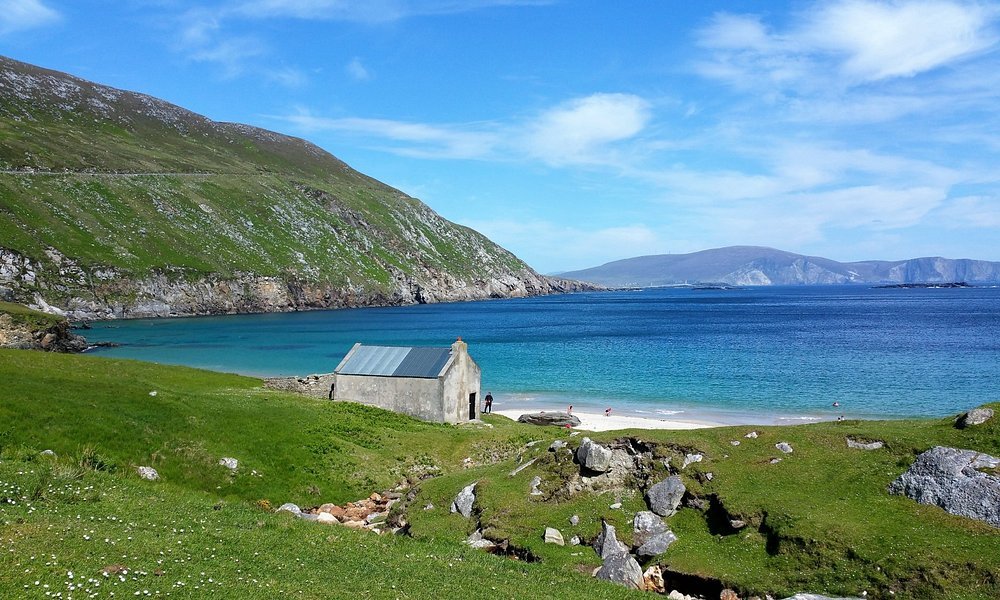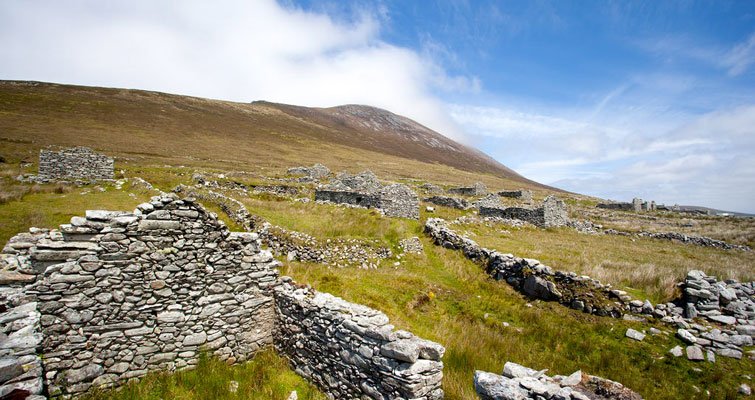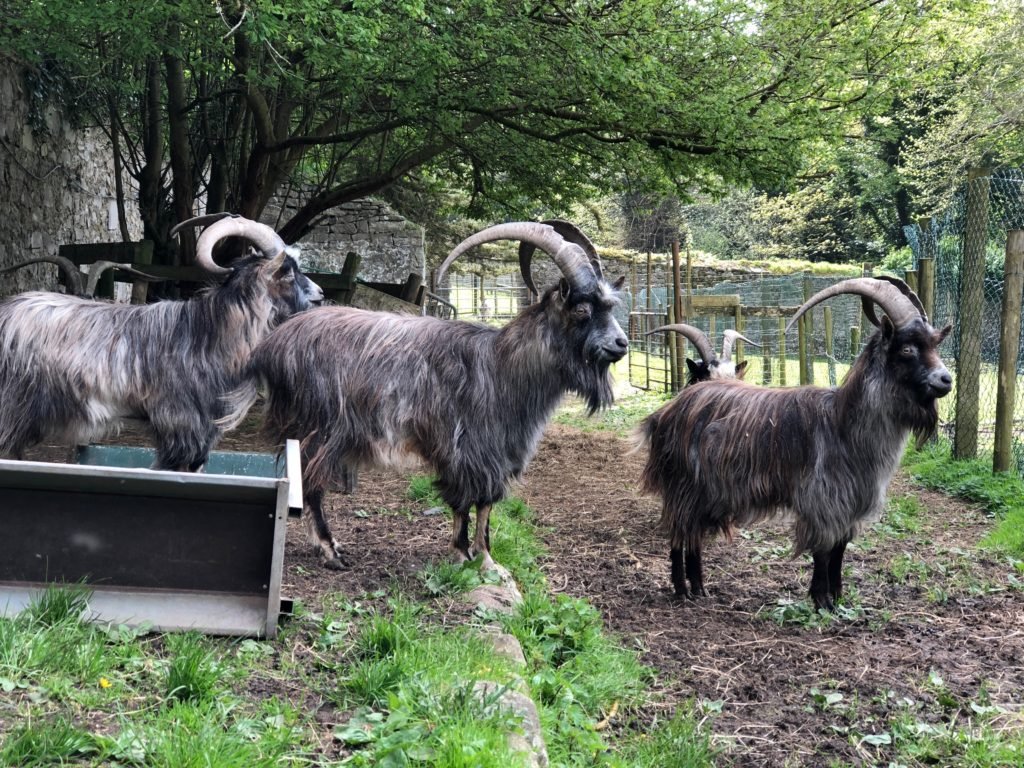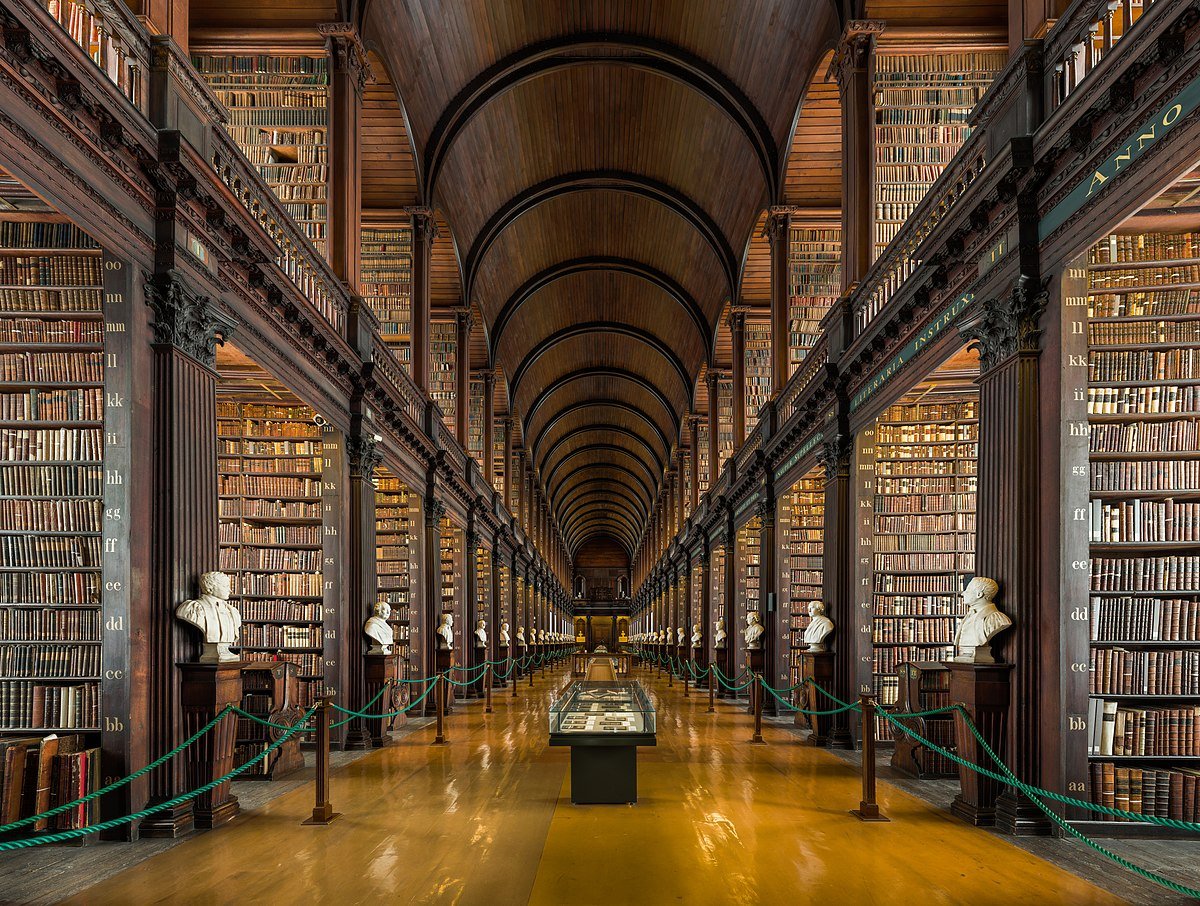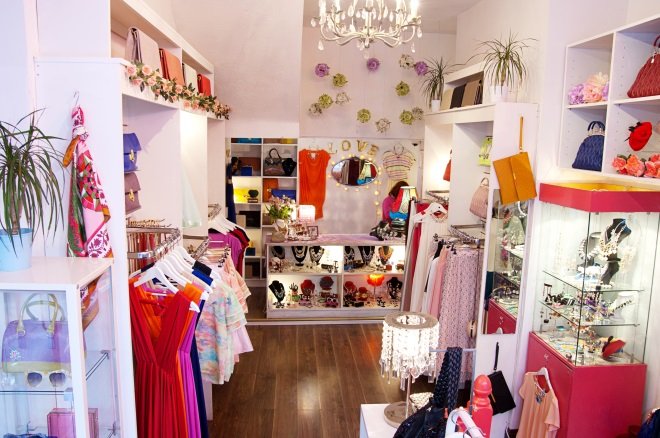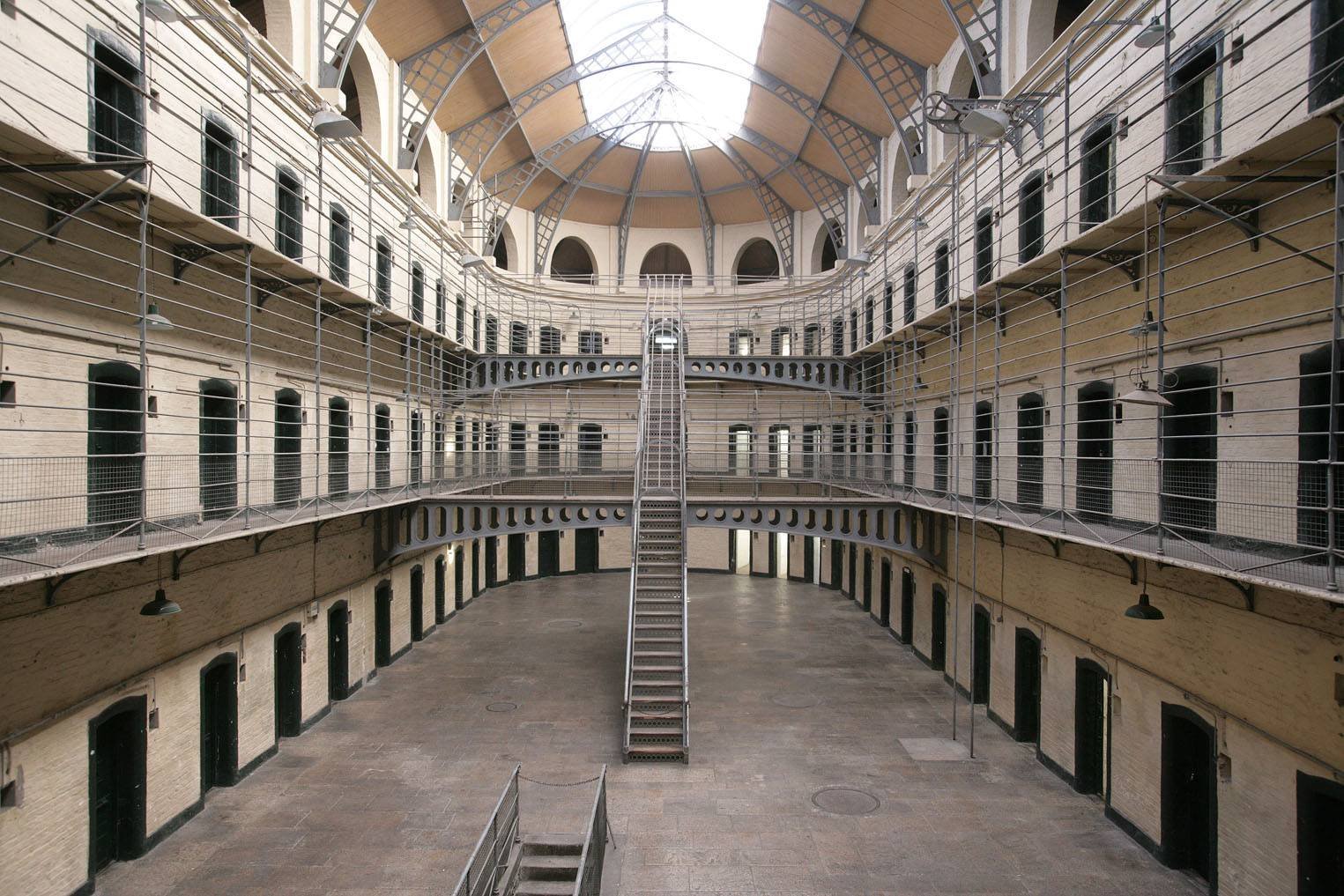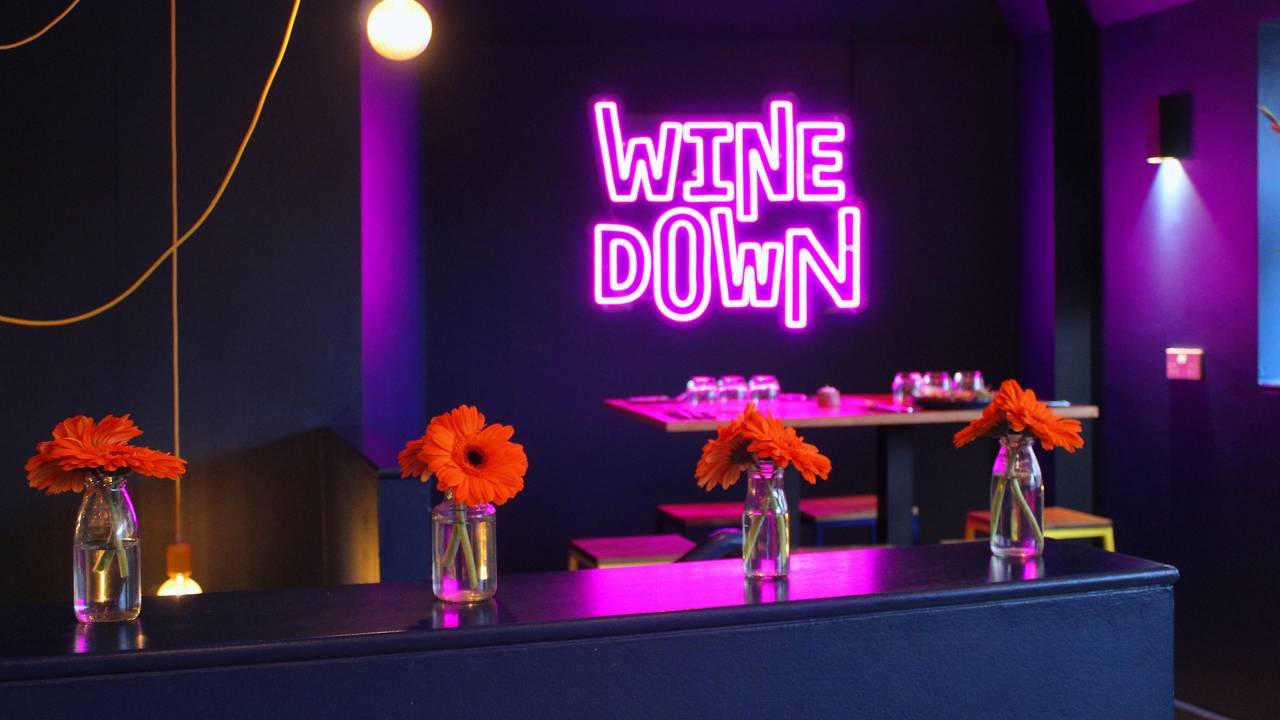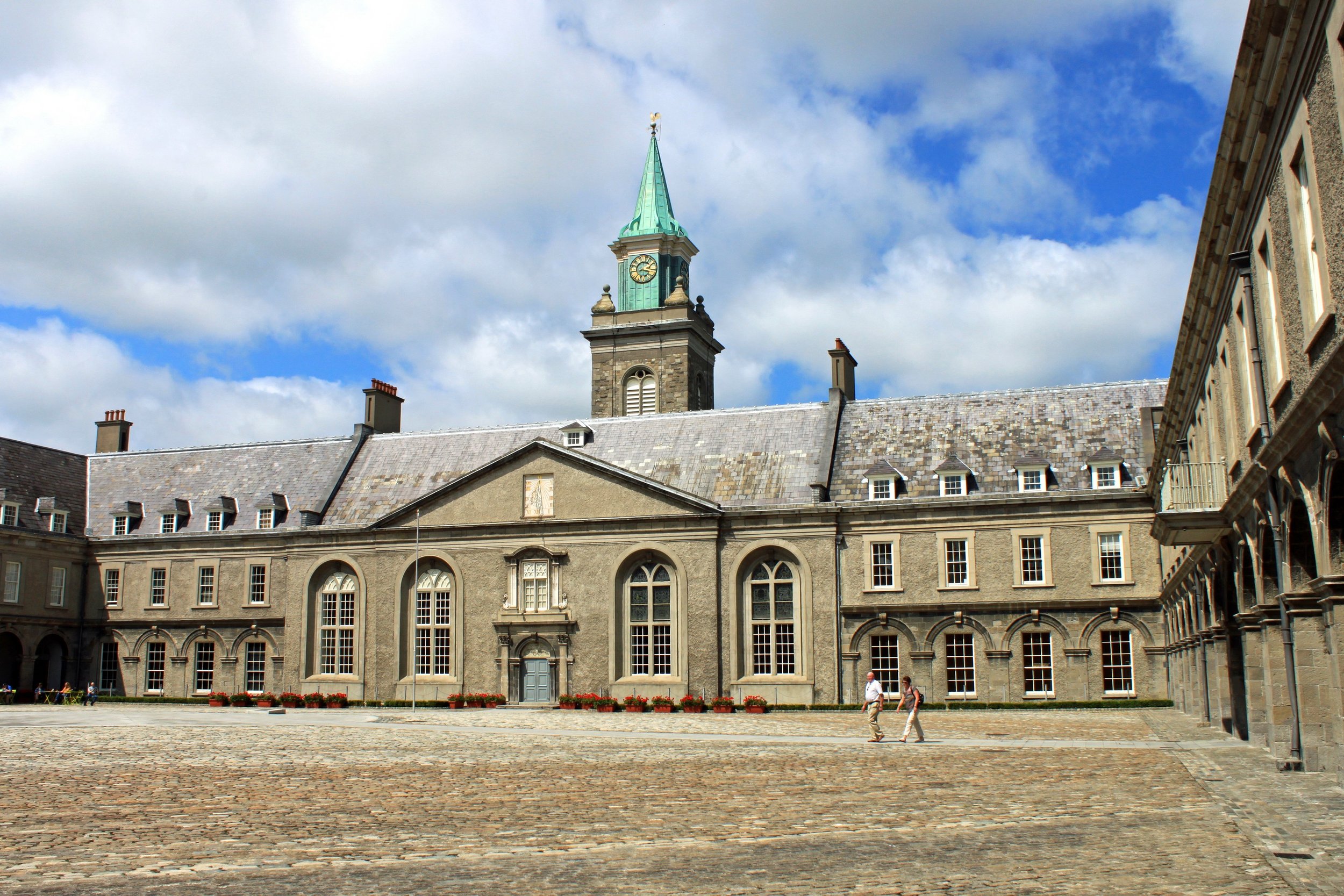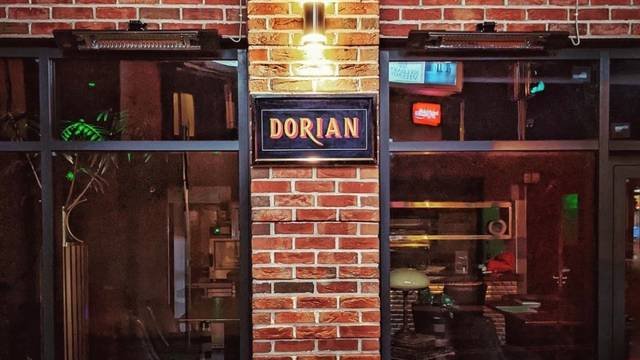MY GUIDE TO IRELAND
Ireland, the Emerald Isle, is known for its stunning nature and scenery, its romantic literature and music, its love for good food and a nice stout, its colourful villages, its rugby and folk dancing, its rich but difficult history, and much, much more.
The Irish are proud of what they have on their doorstep, with eateries in each area championing the suppliers and growers which surround them. This guide, which focuses on the West Coast of the Republic of Ireland, gives you a flavour of just some of the picturesque stops, unique landscapes and must-visit spots in these areas, but there are so many more to discover — and half the fun is finding your own way.
DAY 1: KILKENNY
A one and a half hour drive from Dublin airport, Kilkenny is a medieval town best known for its castle, cathedral and surrounding architecture.
What to do: Take a wander around Kilkenny’s small and picturesque town, starting at the canal and then making your way up to the town through one of the hidden gates. Access to the castle grounds is free and a walk through the surrounding parks and gardens is a lovely way to spend an hour or two. If you have a bit more time, book tickets for a tour around Rothe House, once the home of wealthy merchant and politician John Rothe. The garden has been fully restored to mimic what it would have looked like in the early 17th century. The Hole in the Wall is a bar and music venue in the centre of Kilkenny housed in the oldest surviving townhouse in Ireland, and is definitely worth a stop-in.
Where to eat: A local favourite, Ristorante Rinuccini is a family-owned Italian restaurant — dad Antonio heads up the kitchen whilst his son Riccardo runs the floor. Cosy corners and home-style cooking make this a popular spot for dining with reservations an absolute must. Choose from traditional Italian fare as well as sustainably-sourced fish options at this Little Italy in Kilkenny, a stone’s throw from the castle.
On your way from Kilkenny to Kinsale there are some fabulous stops to check out. The Swiss Cottage, designed by the same architect as Buckingham Palace, is a regency-style country cottage that was used as a place of gathering and retreat when it was built. It’s small but lovely and whimsical. Also, the Vee Mountain Pass is well known for its wild rhododendrons, which from mid-May to mid-June see a carpet of purple stretch across the landscape, where you can catch breathtaking panoramic views.
DAY 2: KINSALE
Known as “the gourmet capital of Ireland,” you’ll be spoilt for choice when it comes to eating in Kinsale. This waterside town overlooks the River Bandon, and is famous for its scenic harbour, culinary community, and colourful streets.
What to do: Scilly Walk, often referred to as one of the best walks in County Cork, is a short walk which winds around the river, taking you from Kinsale town and round to Charles Fort. It also takes you right past The Bulman, a famous bright orange pub situated right on the water. Kinsale’s colourful streets are picture-perfect and the independent shops line the streets which twist and turn around one another. Linda’s of Kinsale has some special vintage jewellery pieces, Prim’s is the ideal place to pick up a second-hand book to enjoy during your trip and Koko sells handmade artisan chocolates.
Where to eat: An absolute must if you’re visiting Kinsale is dinner at The Black Pig (book ahead!). Passionate about quality wine and European-style dining, The Black Pig was founded by husband-and-wife team Gavin and Siobhan, whose long wine list and short seasonal menu are always perfectly paired. The menu changes seasonally based on what they are able to pick up from their little black book of local suppliers (a book they’ve honed after years of relationship-building). You’ll be disappointed if you miss out, so take my word for it and book! OHK café (also known as O'Herlihys Kinsale) is another can’t-miss spot. Run by sisters Sarah and Carol at the site of their family's old pub, this is brunch, but not as you know it… home-baked Guinness treacle bread, Kinsale gin-smoked salmon and homemade pickles all see this venue hero-ing the very best simple, delicious and quality produce found on Kinsale’s doorstep. Other local recommendations for foodie haunts include Man Friday, best known for its seafood, and Saint Francis Provisions, a female-run kitchen focusing on quality local fare, as well as Fishy Fishy, which serves the fish that comes straight from the harbour just a few steps away.
Your drive from Kinsale to Crookhaven will take you through Skibbereen, a small harbour town - if you hit there at lunchtime then we heard great things about Dillon’s Corner Restaurant, a Mediterranean inspired eatery with a main menu as well serving tasty looking sourdough pizzas. Just a short drive from there (but note it is off the direct route so will add to your journey time) is Lough Hyne, a popular open-water wild swimming spot. If it’s a hot day and/or you’re feeling brave, it’s definitely worth a stop. You’ll also go via Schull where there are often festivals and art talks and appearances (we just missed the Schull Film Festival). In nearby Durrus, you’ll find the Dunbeacon Pottery, where potter Helen makes all sorts of artisanal homewares in coastal tones. If you’re staying for a bit in the region, stop by Schoolhouse Flowers in Dunmanus to pick up a locally grown bouquet. Last but not least, Goleen village is home to a sprinkling of shops — a butcher’s, some pubs, a post office that serves fresh scones. If you’re stopping in, consider staying at the Goleen Harbour Eco Cabin and dining at Heron’s Cove, another great spot for a delicious meal made with local ingredients.
DAY 3: CROOKHAVEN
Venturing a little further afield, Crookhaven is located on the most southwestern tip of mainland Ireland. It attracts a lot of artists and writers, and when you witness the stark, open landscapes you can see why creatives use it as inspiration.
What to do: Crookhaven itself is very small (off-season there are only 60 inhabitants), so there aren’t a huge amount of amenities but the scenery speaks for itself and a walk around, sit (and/or swim!) on Galley Cove beach all make the drive worth it, as does O’Sullivan’s…
Where to eat: Any Irish man worth his salt when he hears you’re going to Crookhaven will recommend O’Sullivans — an institution in the area, situated right on the pier, this is a pub with a view. The menu too is as good as it gets and features chowders, soups and homemade pies — no decision is a wrong one and if you’ve still got room, an Irish scone for pudding is a must. This is also where the 1962 movie I Thank a Fool was filmed, and O’Sullivans proudly displays a series of stills from it on its walls. After lunch, drop by Jorgs Goldsmith Studio to browse the unique jewellery pieces crafted by owner Jorg.
DAY 4: GALWAY
The journey from County Cork up to Galway is an opportunity to visit the famous Cliffs of Moher UNESCO Geopark. It’s one of the most visited spots in Ireland for its natural beauty that towers over the rugged coast. Moving onto Galway… if you sang Ed Sheeran’s “Galway Girl” when you read this, then this is the stop for you. Well known for its lively “trad” sessions, if at 8pm you walk from the bottom of Quay Street up to where it meets the High Street at The King’s Head, you’ll hear about six music sessions going on up and down the street.
What to do: Galway isn’t a big city and some time spent walking through the quaint streets will have you covering all the well-known spots. Wander from The Spanish Arch up through The Latin Quarter, which houses lots of small interesting shops and cafés — apparently the local Oxfam here is a bit of a treasure trove. Galway Cathedral, a large and impressive building that stands tall in Galway’s city centre, is the last large stone cathedral to be built in Europe and features delicate mosaics, detailed stained glass and a huge octagonal dome which can be seen from across the city.
Where to eat: Ard Bia, sat right on the edge of River Corrib just past The Spanish Arch, is a not so local secret — every person who heard we were going to Galway recommended it as a favourite. The founder and owner is Aoibheann MacNamara who also has an amazing sustainable fashion label called The Tweed Project, which creates handmade, one-off pieces using beautiful and traditional Irish fabrics. Ard Bia (which is also an Airbnb) rotates its menu every two to three days based on the produce available and the chefs are experts at creating interesting flavour combinations with the hyper-local produce they are passionate about using.
DAY 5: CONNEMARA
Famed for its natural beauty, Connemara is home to a plethora of beautiful sites and stops.
What to do: Travelling anticlockwise from Galway around Connemara, we stopped in at Spiddal Craft Village en route — a collection of 12 studios which are home to local sculptors, painters and craftspeople. From there, driving through open roads surrounded by lush greenery, head to Dog’s Bay, a horseshoe-shaped sandy bay with the bluest of seas, which also backs onto Gurteen Bay. There are lots of hidden coves there so if you’re not a fan of sand you’ll easily find a spot to suit you. From there, drive to Pine Island Viewpoint, an “island” of Scots Pine trees situated in Lough Derryclare set against the backdrop of the Twelve Bens mountains. Photographers flock to this destination for the opportunity it offers and you can actually step onto the island and walk around for a different viewpoint — be warned, though, it does get muddy, so avoid wearing white trainers or sandals! A short drive from the viewpoint is Connemara National Park, the starting point for the hike up Diamond Hill (don’t be fooled, at 442m it’s a mountain, not a hill!) There are two options you can take: “lower” or “upper” — if you’re up for it and you’ve got the time, they don’t compare and the views when you summit are spectacular. It does get steep and will take you about three hours to complete if you’re stopping for photos (and fuel!) along the way too. Connemara is also home to Kylemore Abbey, worth at least a drive past for its unique and stunning location (it’s about a 10-minute drive away from the National Park). This is a restored Gothic Benedictine nunnery with a Victorian Walled Garden (Ireland’s largest) that you can tour for free, though you need to book tickets for a peek at the interiors.
Where to eat: On your journey if you do stop at Spiddal Craft Village, grab a bite to eat for breakfast at Builín Blasta where you can enjoy freshly baked sourdough and pastries as well as a mooch round their shop section, which features lots of Irish food brands. For lunch, head to a new spot which is fast gaining a winning reputation: the Misunderstood Heron. A food truck situated in an enviable location in Killary Fjord, the venue’s menu is short, operating on a “when it’s gone, it’s gone policy” with a focus on seasonal, local and foraged Irish foods.
DAY 6: WESTPORT
A charming seaside town on Ireland’s Wild Atlantic Way, Westport is a picturesque spot filled with plenty of things to do and spots to explore.
What to do: There are plenty of gorgeous boutiques, delis and independent shops to explore in Westport and the town centre is also home to Westport House, a privately-owned historic home built by the Brone family, whose lineage traces back to pirate queen and chieftain Grace O’Malley (you’ll find a large bronze statue of her on the house’s grounds). You can buy tickets to access the house daily but even just taking a wander around the grounds is a joy. Finish your day at Matt Molloy’s pub, a Westport institution owned by Matt Molloy of The Chieftains, with live traditional music every night of the week.
Where to eat: Cian’s on Bridgestreet serves some mega brunch options using locally baked sourdough, Mad Yolk Farm eggs and homemade ketchup. For dinner, head to An Port Mor for a spoiling selection of sustainably-sourced fish options including (when in season) Clew Bay scallops and Wild Atlantic salmon. Frankie Mallon, the restaurant’s founder and chef, often sources the fresh ingredients he uses himself to ensure they’re the very best. There are some great delis in Westport so it’s worth planning a picnic in (the grounds of Westport House would be a perfect location, or take one with you to Achill Island — see below). Buy a “happy tummy loaf,” aka an organic wholegrain chia teff loaf from Teach Scoile and some bits to go with it from Savoir Fare. The SuperValu supermarket here is also great for some Irish favourites including bits from our friends at The Happy Pear.
DAY 7: ACHILL ISLAND
Achill Island, an hour’s drive from Westport and accessible over the Achill Sound bridge, is a wild escape with sheep left to roam, soaring cliffs to look out over and beaches to explore.
What to do: If you’re lucky enough to get the weather, rent a bike and cycle along the Great Western Greenway, which will see you move through quaint villages and open country set against the dramatic backdrops. Running over 44km it will take you from Westport to the neighbouring towns of Newport and Mulranny and then onto Achill Island. This route was voted in the top three cycle trails in the world, by the New York Times so is well worth the effort if you fancy it. If the weather isn’t good enough to cycle then Achill is reachable by car along the roads, which will take you through the same spots. In Achill, visit Keem Bay, a beach which has been voted both Ireland’s most beautiful beach and one of the 50 best beaches in the world. A former basking shark fishery, it's now a beautiful bay bordered by cliffs including the Croaghaun cliffs. Pre-swim, take the 25-minute climb up to get a stunning view over the bay, then cool off with a dip afterwards. Achill is also home to the “Deserted Village,” a stark reminder of Ireland’s tough history — 80-100 single-room stone houses stretch across a mile of land at the foot of Slievemore mountain. Whilst much of the origin of the settlement is still unknown (and constantly being researched by the Achill Archaeological Field School, located just next to the village) it has been suggested that it was the Great Irish Famine of the 1840s that caused the abandonment of the village. On your way to or from Achill, stop at the Old Irish Goat Society in Mulranny, who work to preserve and promote this native breed in the wild — at the centre you can see the Mulranny goats as well as support the initiative by shopping at the shop, where local artists and craftsmen supply quality Irish handmade products to raise money to support their work.
Where to eat: The Beehive, just by Keel Beach (not to be confused with Keem above) is a great stop-off for brunch or lunch — fresh, tasty and with lots of home-baked options too, there’s something for everyone.
DAY 7: DUBLIN
I’ve been fortunate to visit Dublin, the capital of the Republic of Ireland, on numerous occasions while promoting my three cookbooks as well as for wellbeing festivals and events. Dublin is full of history with plenty to offer. Although a city, it’s easy to explore on foot and you can cover a lot of ground even just in one day. We stayed in Portobello, the “Brooklyn of Dublin,” which provided the perfect central base.
What to do: After breakfast, book a morning tour at Kilmainham Gaol, a former prison which has a rich history with many Irish revolutionaries including the leaders of the 1916 Easter Rising. From there, it’s a short walk to the Irish Museum of Modern Art, which hosts many free exhibitions and events. A walk past the Guinness Storehouse will take you into the centre of Dublin where landmarks include St Patrick’s Cathedral, Trinity College and Dublin Castle. If you’ve got rain, then from here, pop into the Irish Film Institute and catch a film or if you’re not tired of walking, have a wander through the city streets where there are lots of great vintage shops, charity shops and small boutiques — Om Diva, which specialises in independent Irish designers, and Lucy’s Lounge AKA vintage heaven were two favourites. Finish your day with an evening walk through Iveagh Gardens, known as Dublin’s “Secret Garden,” with lots of nooks and crannies featuring hidden gems.
Where to eat: You’re really spoilt for choice when it comes to eating in Dublin. If you too choose to stay in Portobello, then 31 Lennox will be a doorstep go-to for brunch. Enjoy an Italian-style brunch made from Irish produce for a hearty way to fuel what will be a long day. Treat yourself to dinner at Winedown, which serves globally inspired dishes, many using locally sourced produce, paired with a small but perfectly formed natural wine menu. A little further afield, but worth the walk for the dreamy houses, Dorian, located in Donnybrook, is housed in the former site of Roy Fox greengrocer. Head Chef Rowen Babe’s menu focuses on sharing plates that are simple, fresh and full of flavour — the house favourite Korean cauliflower “wings” echo the venue’s focus on celebrating the best of plant-based cooking. If you’re looking for a bit in between then Sceal Bakery sells their pastries and baked goods from outside The Fumbally (another great eatery) on Thursday and Saturday from 10am to 1pm, or why not pick up some picnic bits from the Lennox Street Grocer.


